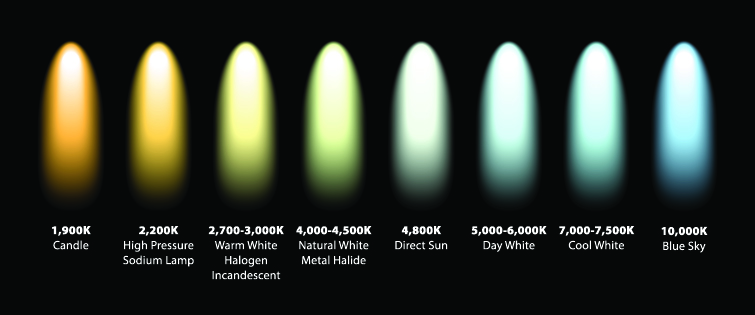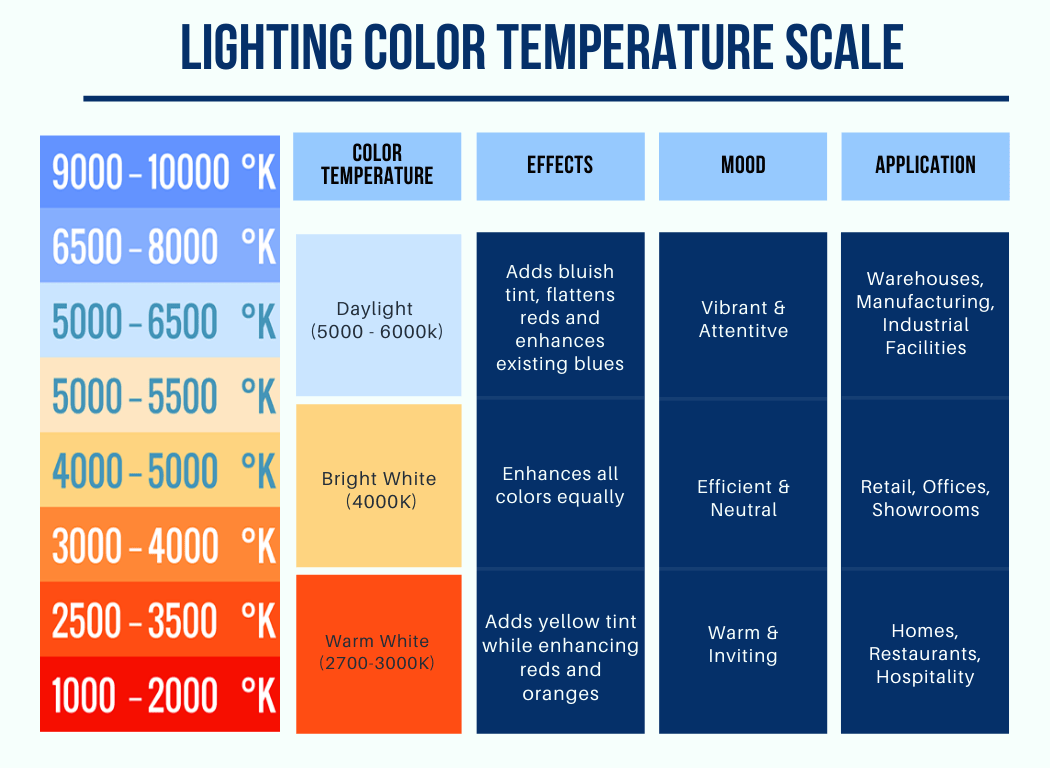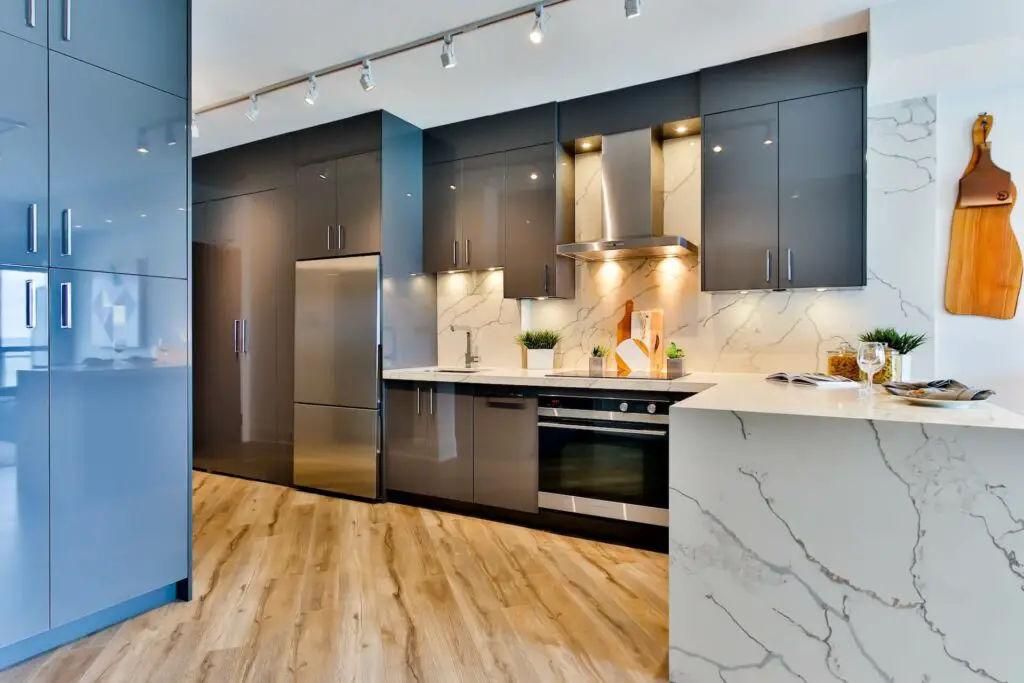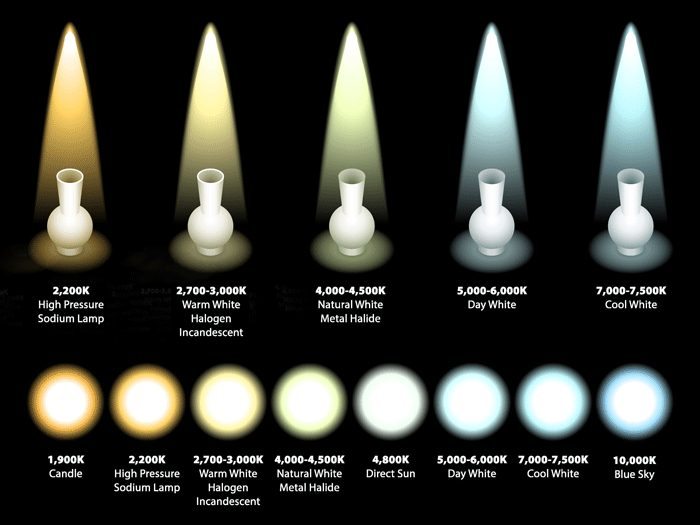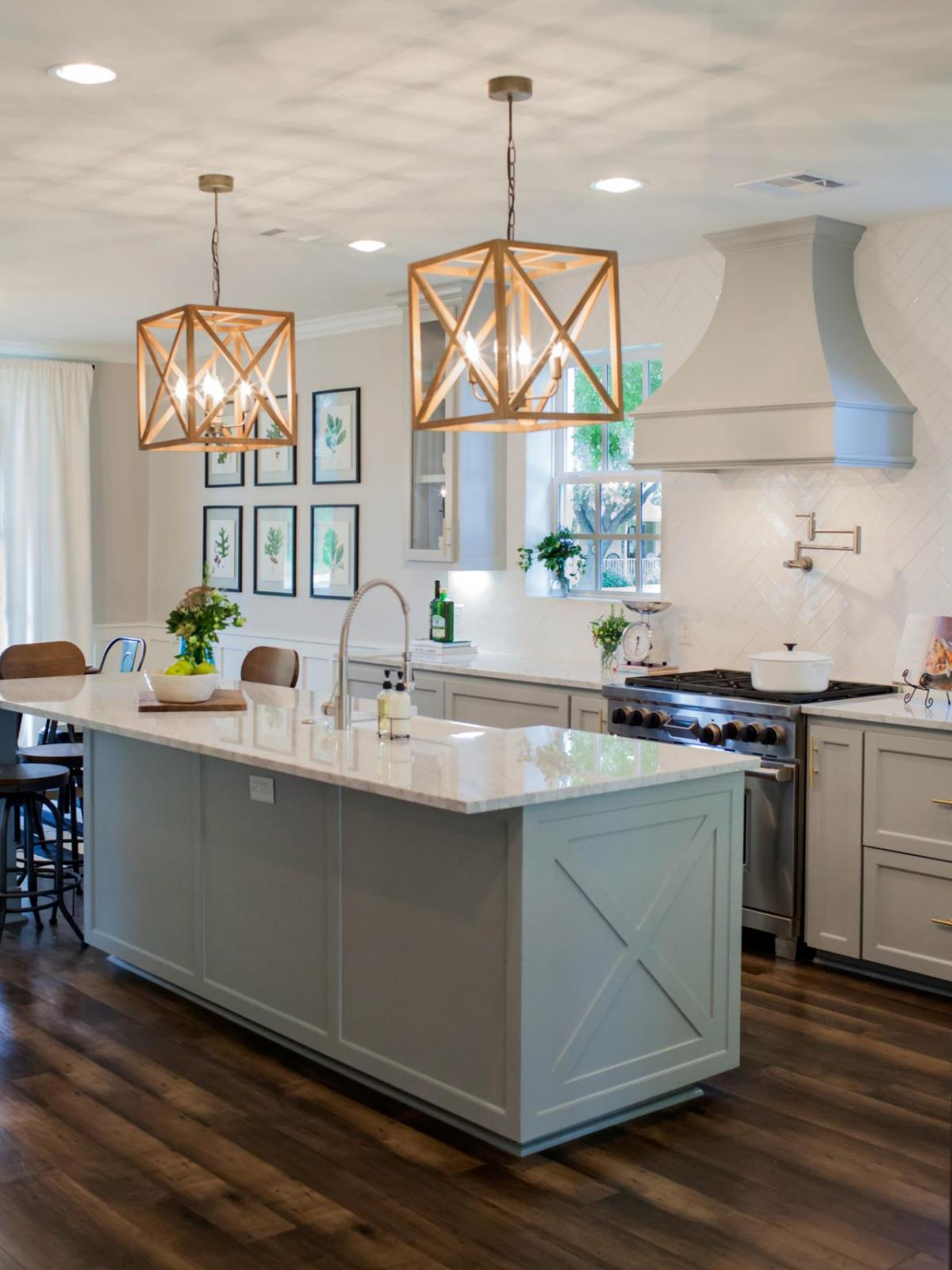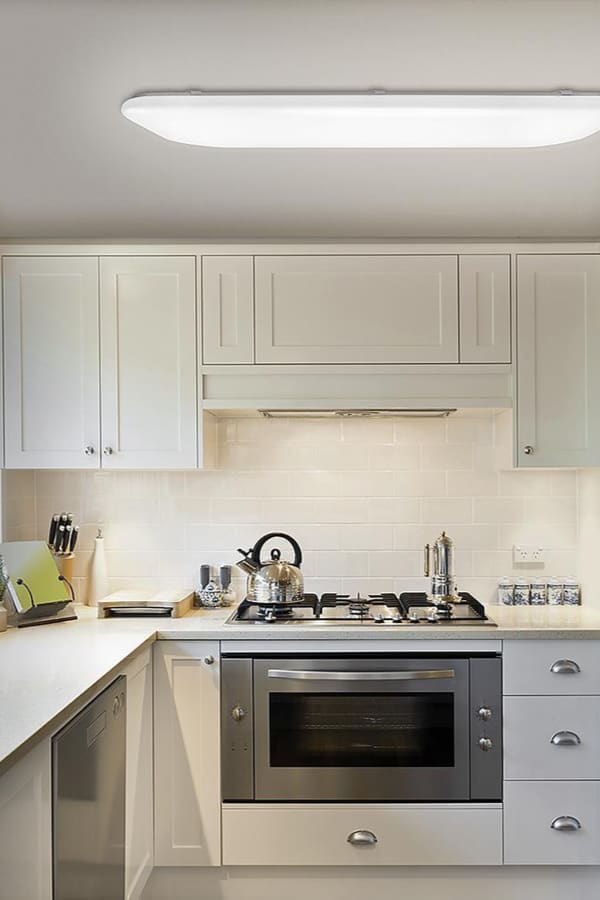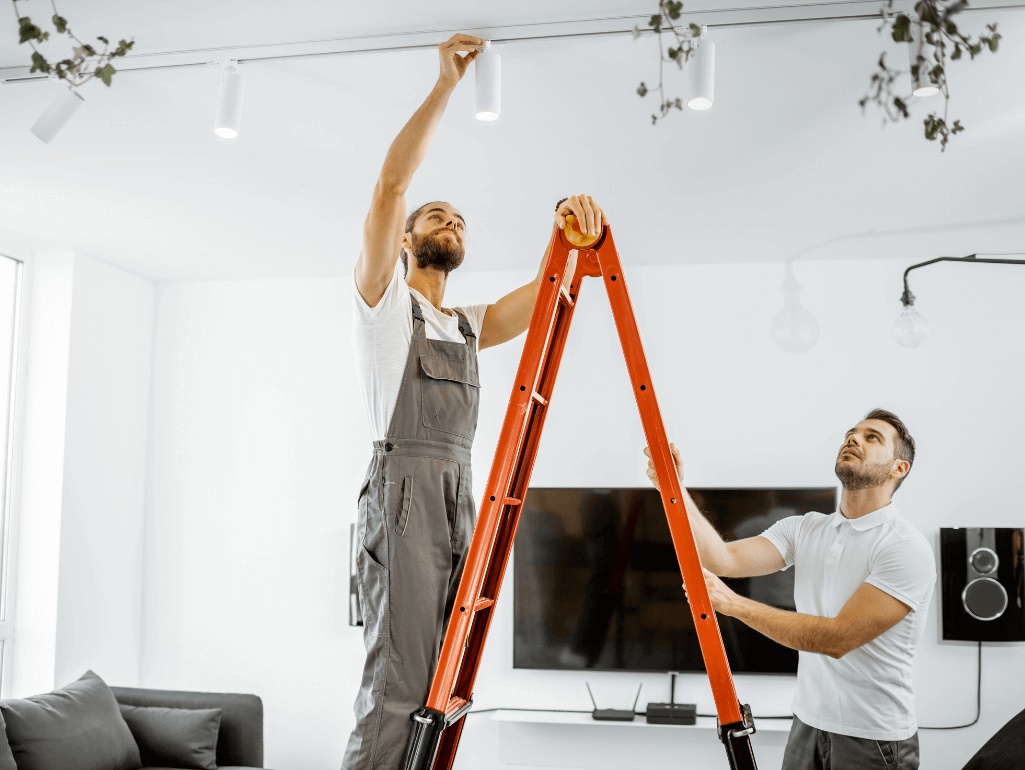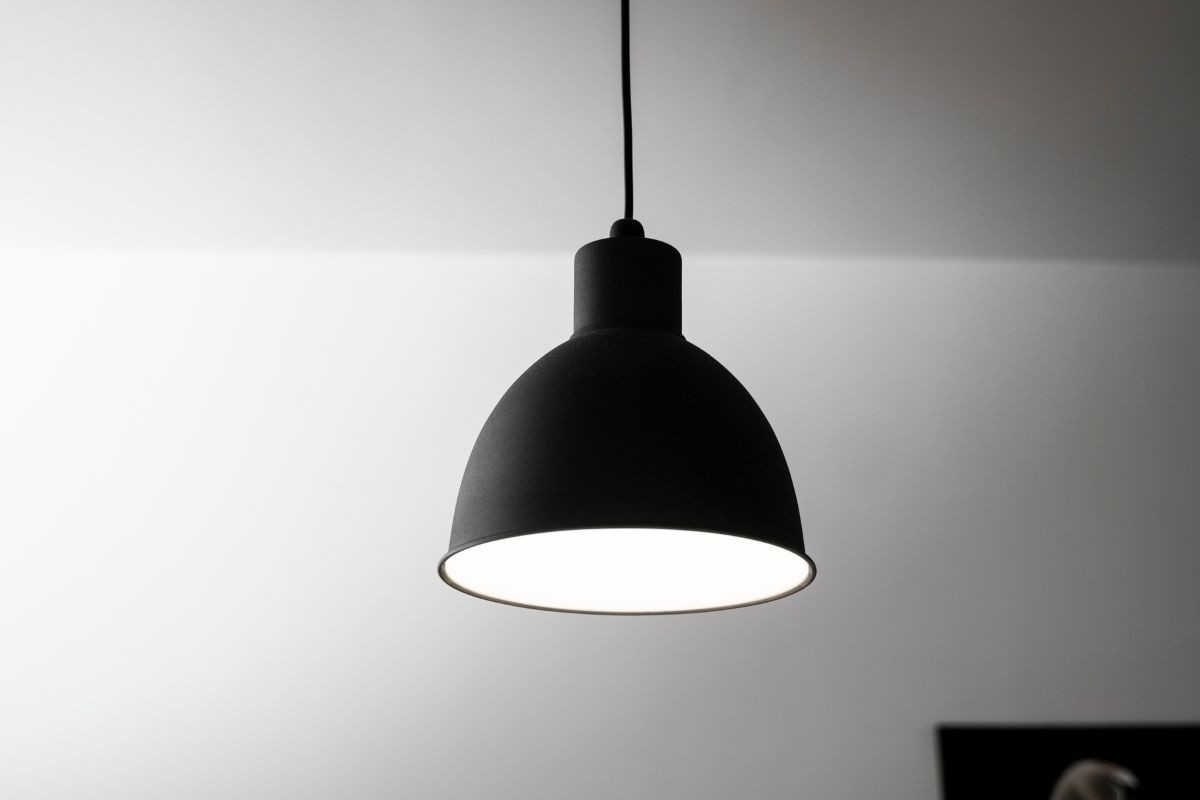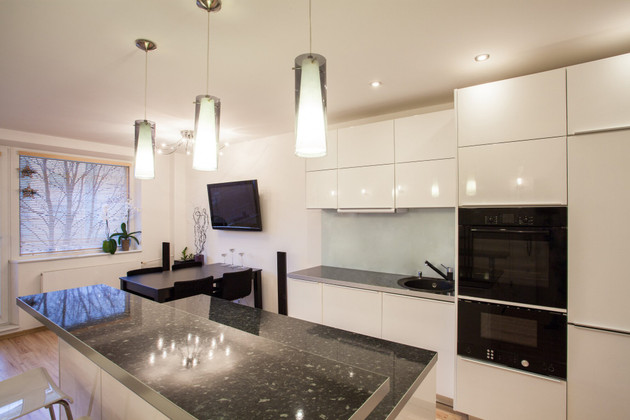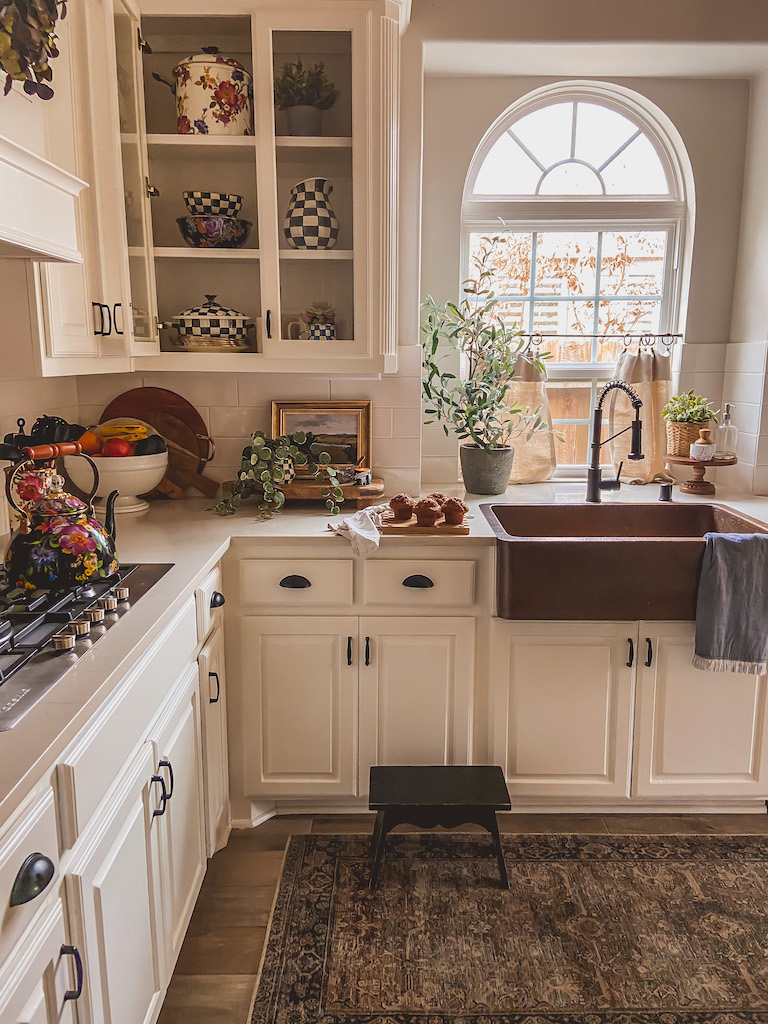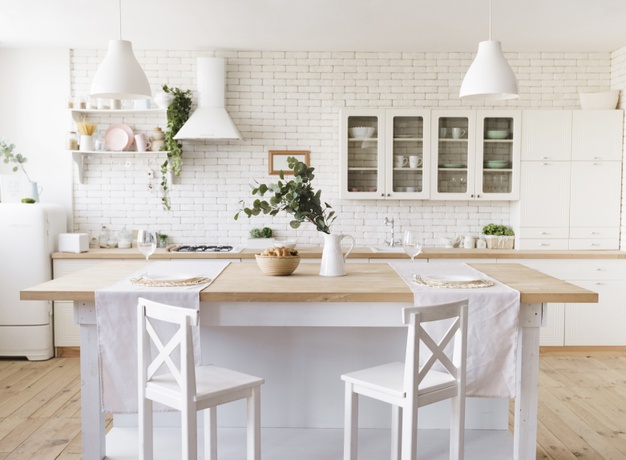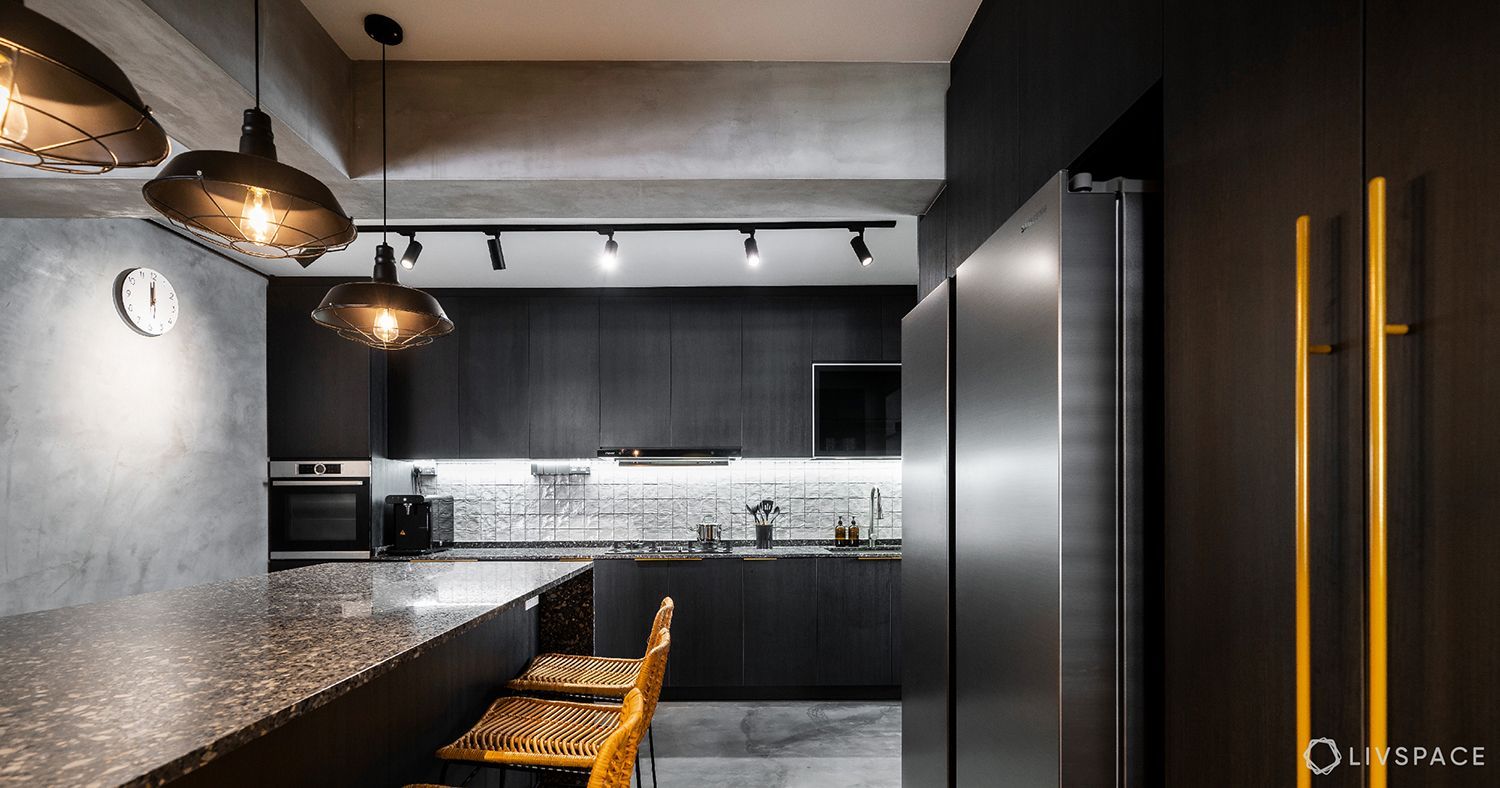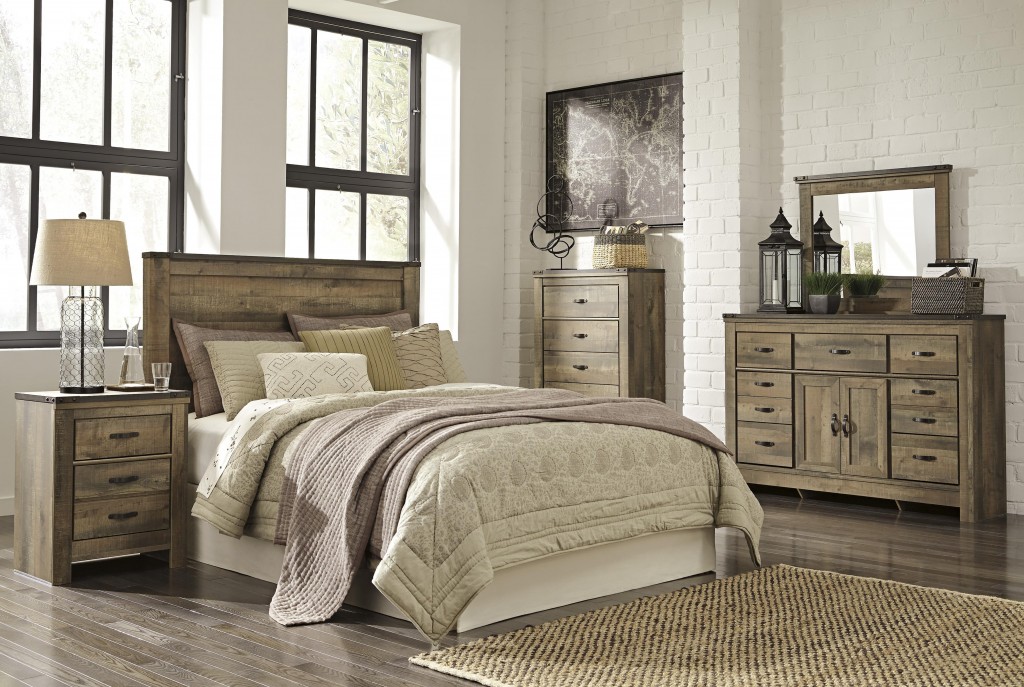When it comes to lighting your kitchen, the type of light bulb you choose can make a big difference in both function and appearance. LED bulbs have become a popular choice for kitchen lighting due to their energy efficiency and longer lifespan. However, incandescent bulbs are still a viable option, especially for those who prefer a warmer, more traditional look. It's important to consider the color temperature of the light bulb when making your decision.1. Choosing the Right Light Bulb for Your Kitchen
The color temperature of a light bulb is measured in Kelvin (K) and can range from warm (2700K-3000K) to cool (5000K-6500K). For kitchen lighting, it's generally recommended to use bulbs with a color temperature between 3000K-4000K. This range provides a balance between a warm and inviting atmosphere while still providing ample light for tasks. However, the best temperature for your kitchen lighting ultimately depends on your personal preference and the overall design of your kitchen.2. How to Determine the Best Temperature for Kitchen Lighting
The kitchen is often referred to as the heart of the home, and proper lighting is essential for creating a functional and inviting space. Task lighting is crucial for areas where food is prepared and cooked, while ambient lighting can create an overall inviting atmosphere. Accent lighting can also be used to highlight specific areas or features in the kitchen. It's important to have a combination of these lighting types to ensure your kitchen is both practical and visually appealing.3. The Importance of Proper Lighting in the Kitchen
As mentioned, LED bulbs have gained popularity in recent years for their energy efficiency and longevity. They also produce less heat, making them a safer option for kitchen lighting. However, incandescent bulbs have a lower upfront cost and also provide a warmer, more natural light. Consider your budget and personal preferences when deciding between these two types of bulbs for your kitchen.4. LED vs. Incandescent: Which is Better for Kitchen Lighting?
Before purchasing any light bulbs or fixtures, it's important to create a plan for your kitchen lighting. Take into consideration the layout and purpose of the space, as well as any natural light sources. It's also helpful to evaluate your current lighting and determine if there are any areas that need improvement. Don't forget to consider the color temperature and lumens (brightness) of the bulbs you choose to ensure they meet your needs.5. Tips for Creating the Perfect Kitchen Lighting Plan
If you're looking to create a bright and inviting kitchen, daylight bulbs are a great option. These bulbs have a color temperature of around 5000K-6500K and mimic natural daylight, making them ideal for task lighting. They can also help create a sense of openness and brightness in the space. Soft white bulbs, with a color temperature of around 2700K-3000K, are a great choice for those who want a warm and cozy atmosphere in their kitchen.6. The Best Light Bulbs for a Bright and Inviting Kitchen
If you've already installed light bulbs in your kitchen but find that the color temperature is not quite right, don't worry. Dimmer switches are a great way to adjust the color temperature of your lights. By lowering the dimmer, you can create a warmer and more intimate atmosphere, while raising the dimmer will provide more light and a cooler color temperature. This is a great option for those who want versatility in their kitchen lighting.7. How to Adjust the Color Temperature of Your Kitchen Lights
Speaking of dimmer switches, they offer many benefits when it comes to kitchen lighting. In addition to adjusting the color temperature, dimmable lights can also help save energy and extend the lifespan of your bulbs. They also allow for customizable lighting to suit your needs, whether you're cooking, entertaining, or simply relaxing in your kitchen.8. The Benefits of Using Dimmable Lights in the Kitchen
In addition to selecting the right light bulbs, it's important to choose the right light fixtures for your kitchen. Consider the style and design of your kitchen when selecting fixtures, as well as the type of lighting they provide. Pendant lights are a popular choice for task lighting over kitchen islands, while recessed lighting is a great option for general and ambient lighting. Make sure the fixtures you choose complement the overall design of your kitchen.9. Choosing the Right Light Fixtures for Your Kitchen
Ultimately, the main goal of kitchen lighting is to create a cozy and functional space. By using a combination of task, ambient, and accent lighting, as well as choosing the right color temperature and light fixtures, you can achieve the perfect balance in your kitchen. Don't be afraid to get creative and experiment with different lighting options to find what works best for you and your kitchen. In conclusion, choosing the right light temperature for your kitchen is essential for creating a functional and inviting space. Consider factors such as color temperature, bulb type, and light fixtures when creating your lighting plan. With the right combination, you can create a kitchen that is both practical and visually appealing.10. How to Create a Cozy and Functional Kitchen with Lighting
Importance of Proper Light Temperature in the Kitchen

Creating the Perfect Atmosphere
Choosing the Right Light Temperature for Your Kitchen
 When it comes to the kitchen, the
light temperature
should be carefully considered as it can affect both the functionality and aesthetics of the space. A warm light temperature (2700K-3000K) creates a cozy and inviting atmosphere, making it perfect for a kitchen where you want to relax and unwind. It also complements warm color schemes, such as earth tones and wooden elements.
On the other hand, a cooler light temperature (5000K-6500K) is ideal for kitchens where tasks like cooking and food preparation take place. This type of lighting mimics natural daylight and provides better visibility, making it easier to see when chopping vegetables or reading recipes. It also works well in modern and minimalist kitchen designs.
When it comes to the kitchen, the
light temperature
should be carefully considered as it can affect both the functionality and aesthetics of the space. A warm light temperature (2700K-3000K) creates a cozy and inviting atmosphere, making it perfect for a kitchen where you want to relax and unwind. It also complements warm color schemes, such as earth tones and wooden elements.
On the other hand, a cooler light temperature (5000K-6500K) is ideal for kitchens where tasks like cooking and food preparation take place. This type of lighting mimics natural daylight and provides better visibility, making it easier to see when chopping vegetables or reading recipes. It also works well in modern and minimalist kitchen designs.
Benefits of Proper Light Temperature in the Kitchen
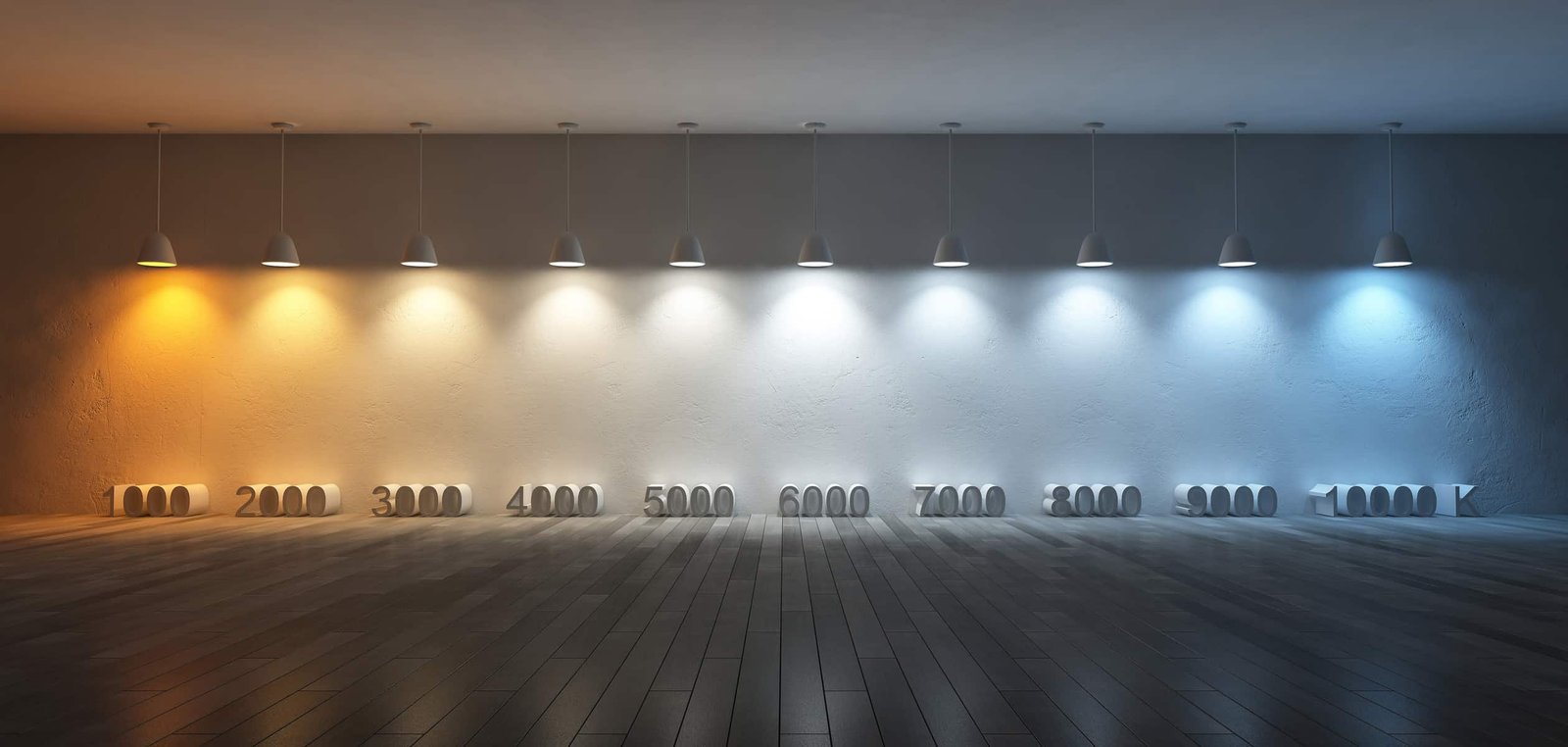 Aside from creating the right atmosphere and enhancing the overall design of the kitchen, there are also practical benefits to using the correct
light temperature
. For one, it can affect our mood and productivity. A warm light temperature can make us feel more relaxed and at ease, while a cooler light temperature can help us feel more alert and focused.
Additionally, using the right
light temperature
can also save energy and reduce electricity costs. By choosing the appropriate light temperature for your kitchen, you can avoid using unnecessary lighting and achieve the right balance of natural and artificial light.
In conclusion, proper
light temperature
is an important aspect of kitchen design that should not be overlooked. It can greatly impact the overall look and feel of the space, as well as our mood and productivity. By choosing the right
light temperature
, you can create the perfect atmosphere in your kitchen and enhance its functionality and aesthetics.
Aside from creating the right atmosphere and enhancing the overall design of the kitchen, there are also practical benefits to using the correct
light temperature
. For one, it can affect our mood and productivity. A warm light temperature can make us feel more relaxed and at ease, while a cooler light temperature can help us feel more alert and focused.
Additionally, using the right
light temperature
can also save energy and reduce electricity costs. By choosing the appropriate light temperature for your kitchen, you can avoid using unnecessary lighting and achieve the right balance of natural and artificial light.
In conclusion, proper
light temperature
is an important aspect of kitchen design that should not be overlooked. It can greatly impact the overall look and feel of the space, as well as our mood and productivity. By choosing the right
light temperature
, you can create the perfect atmosphere in your kitchen and enhance its functionality and aesthetics.

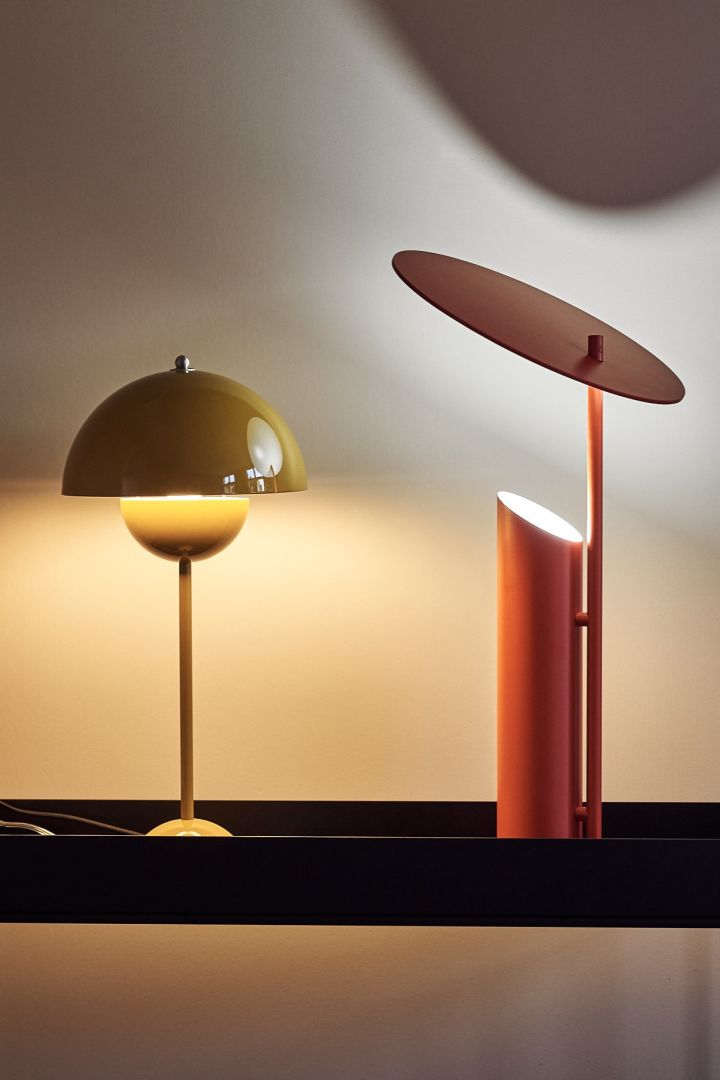

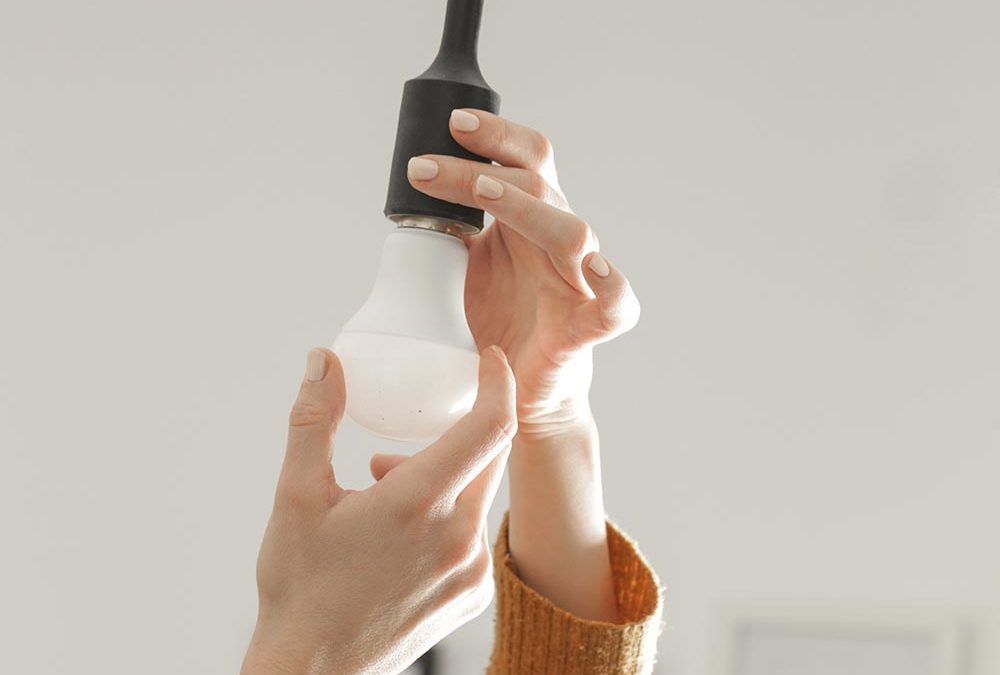


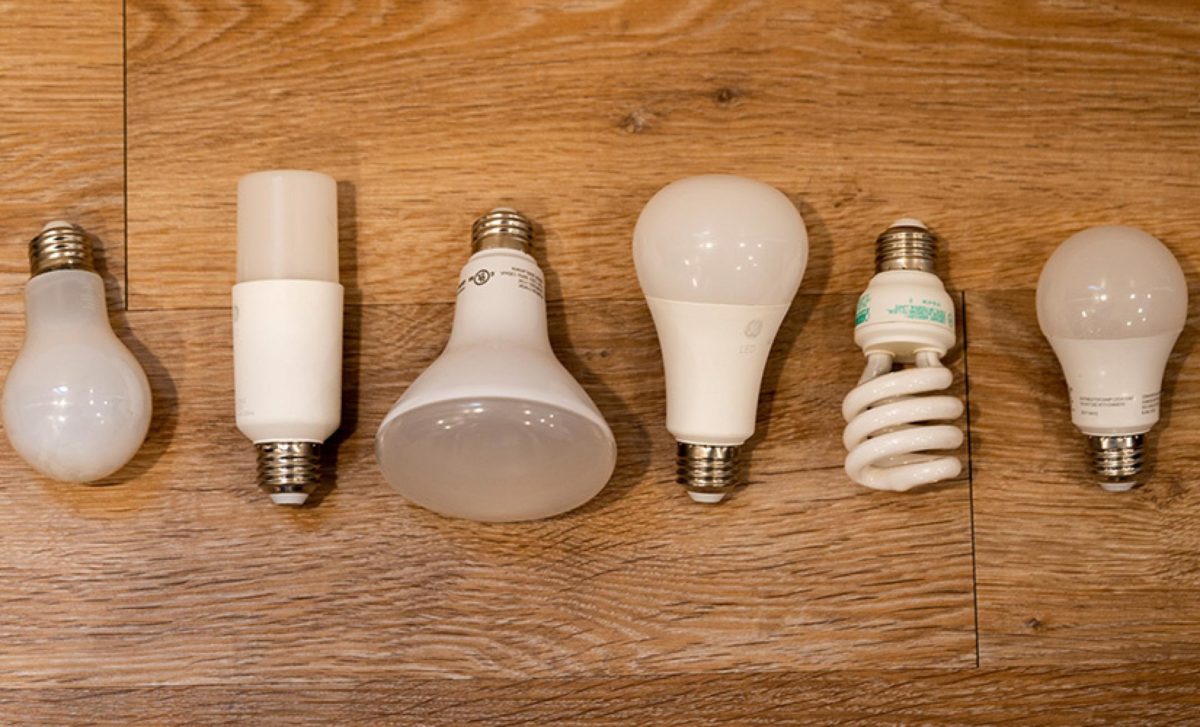







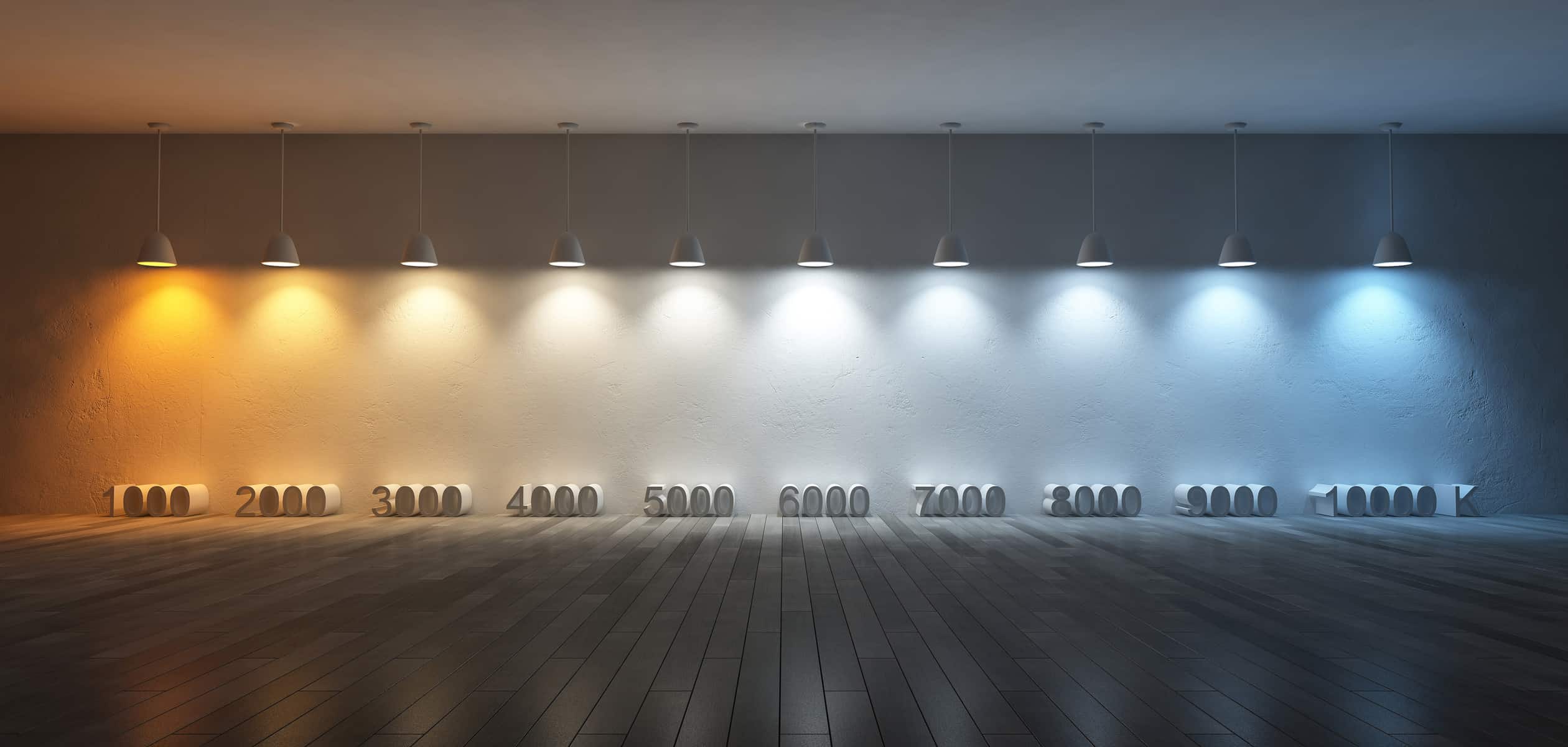
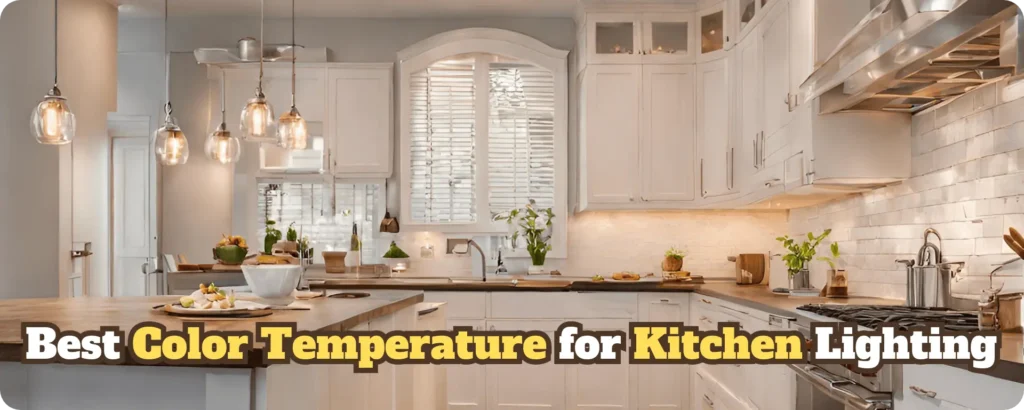
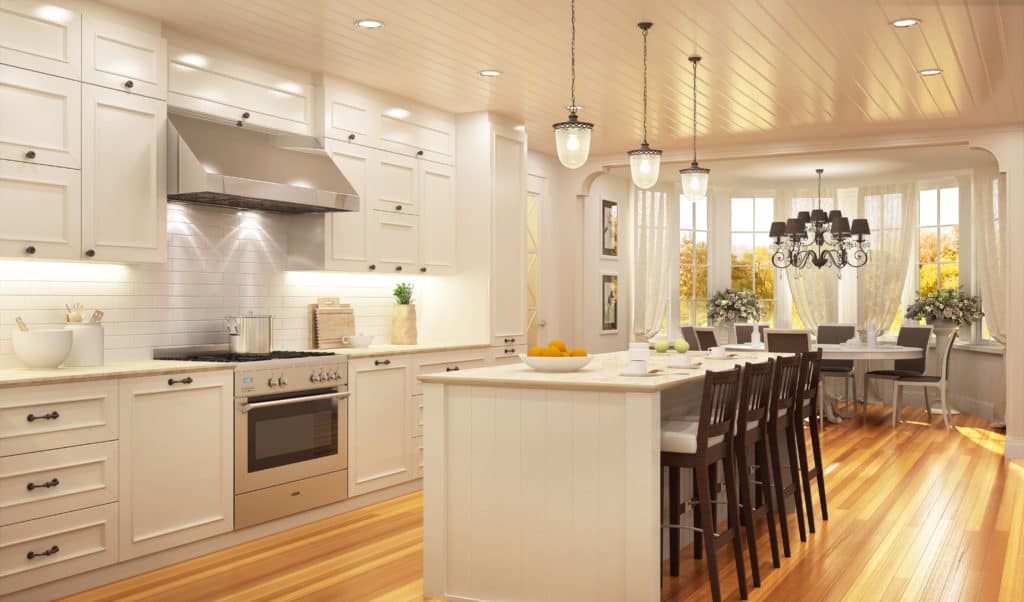
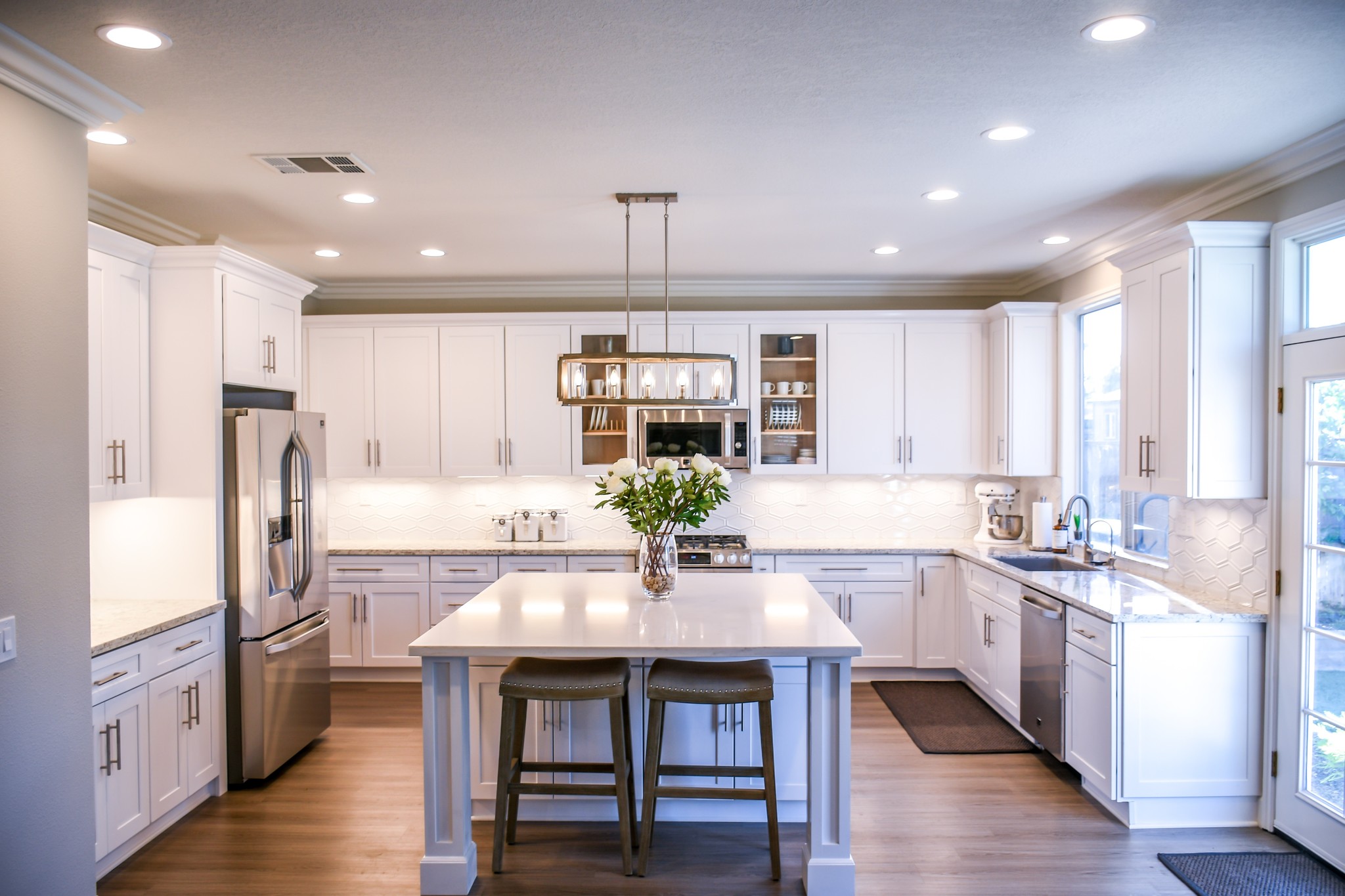

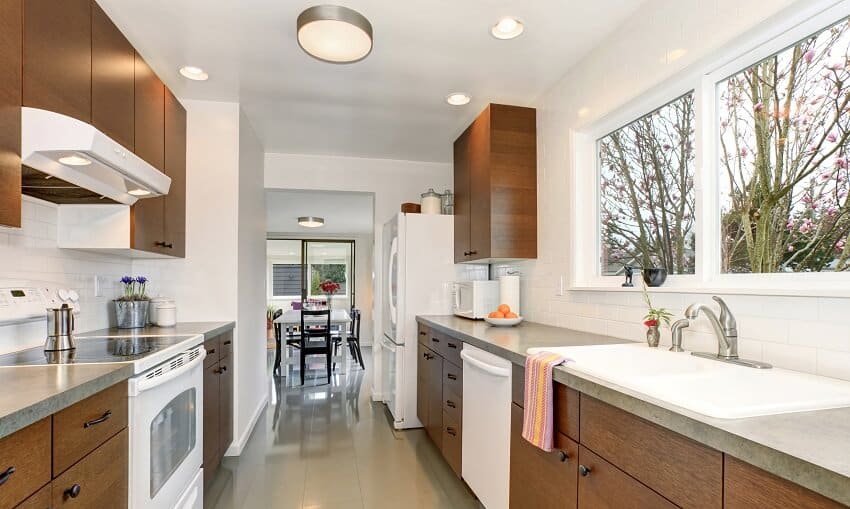
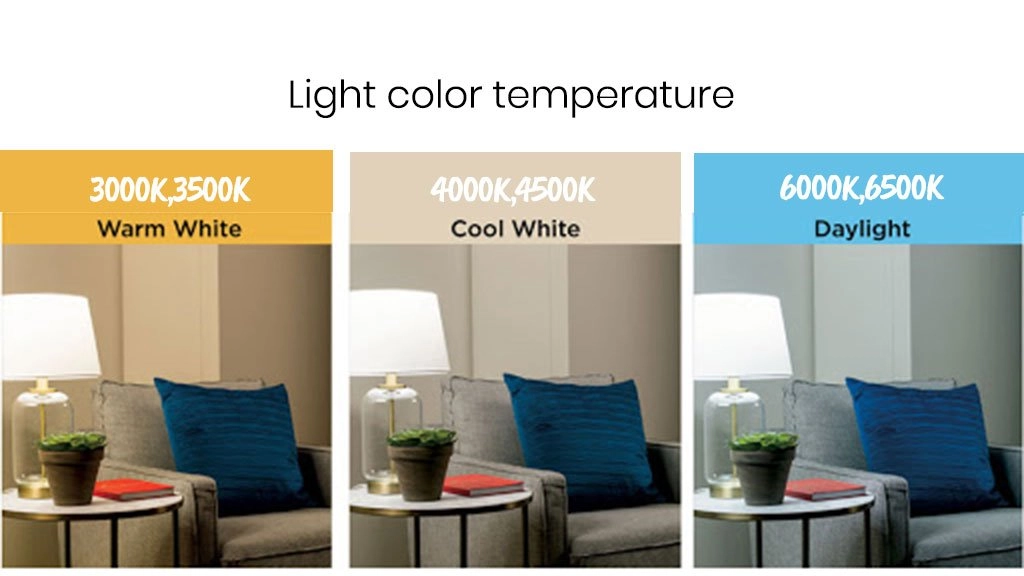




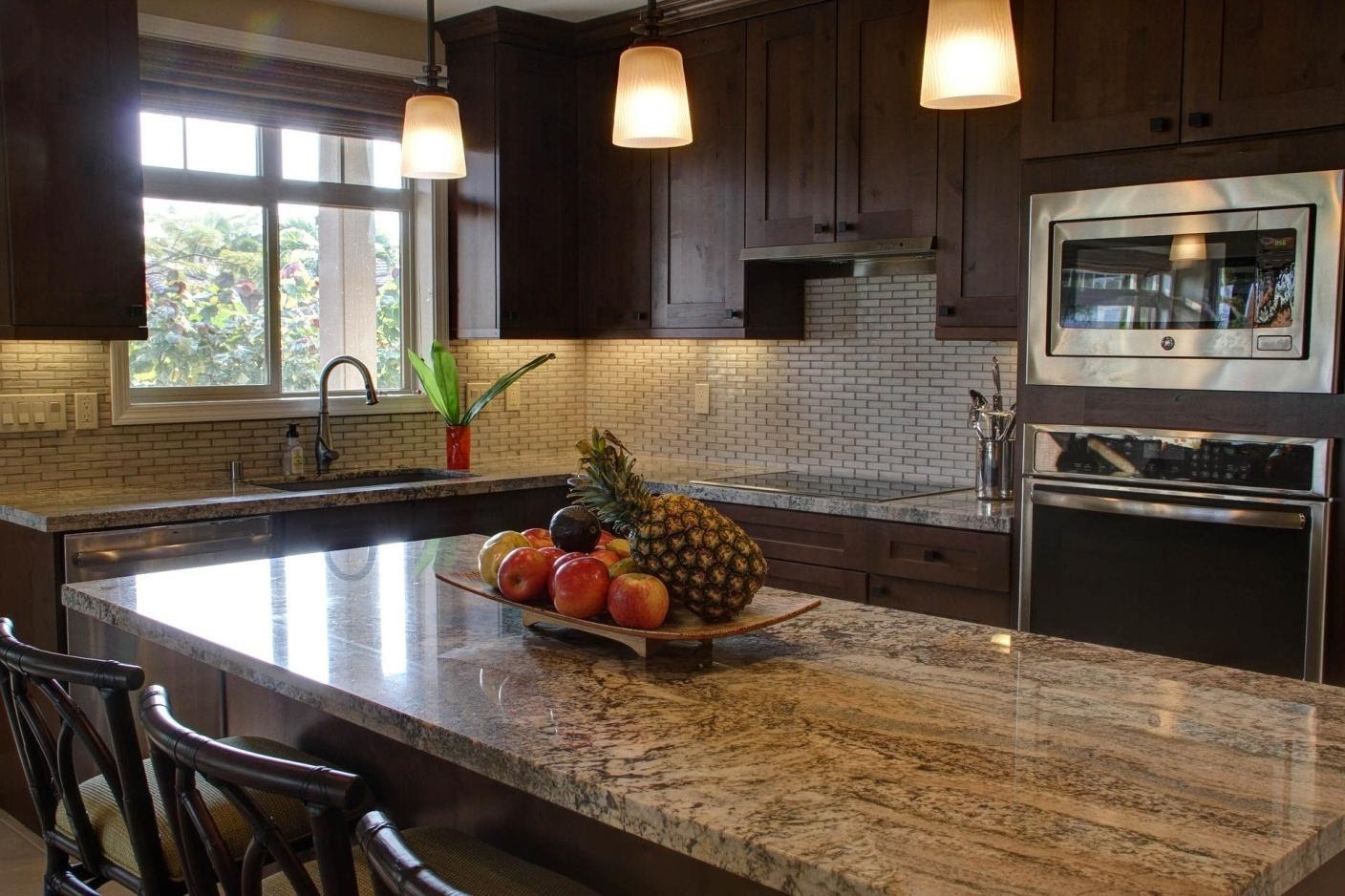



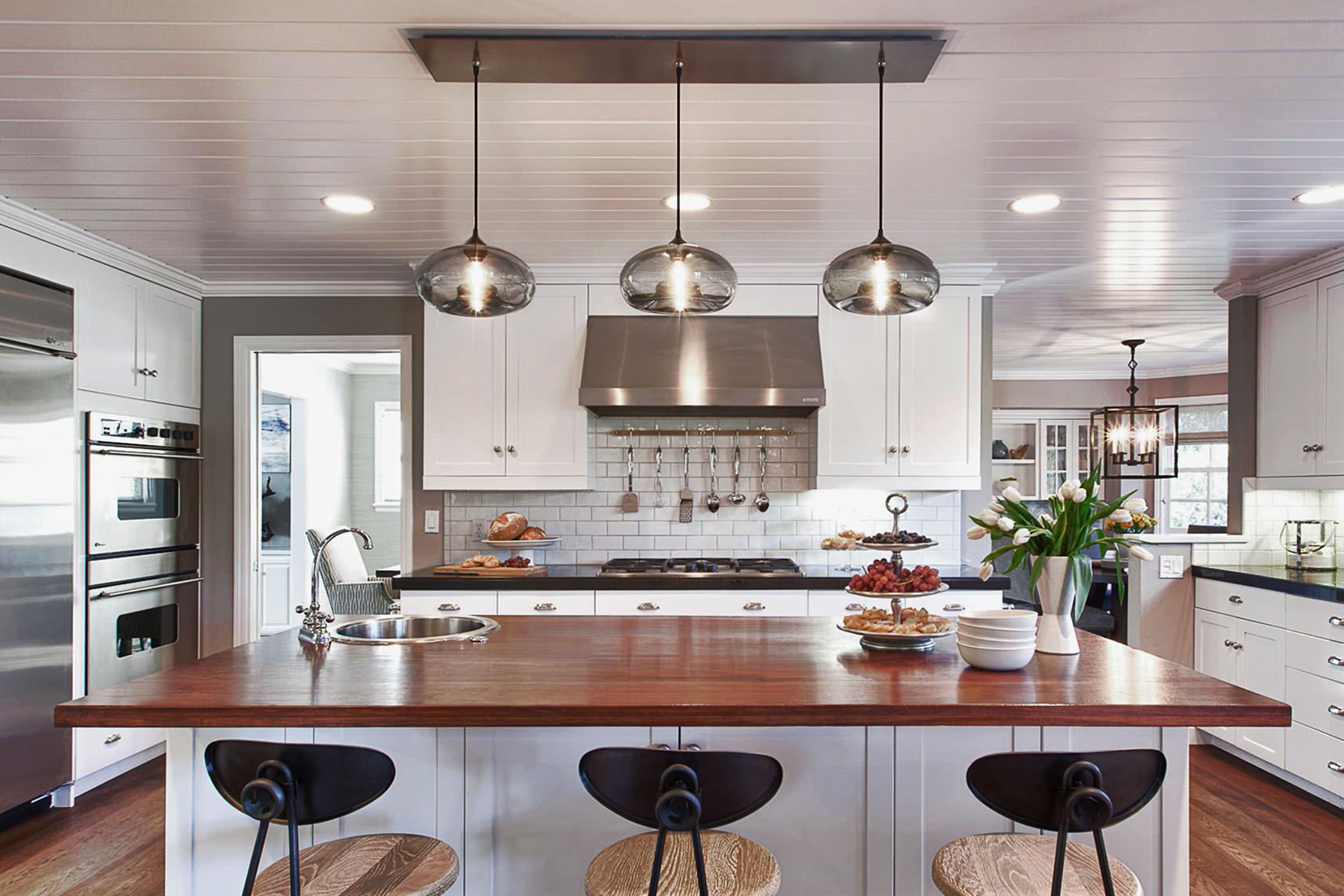
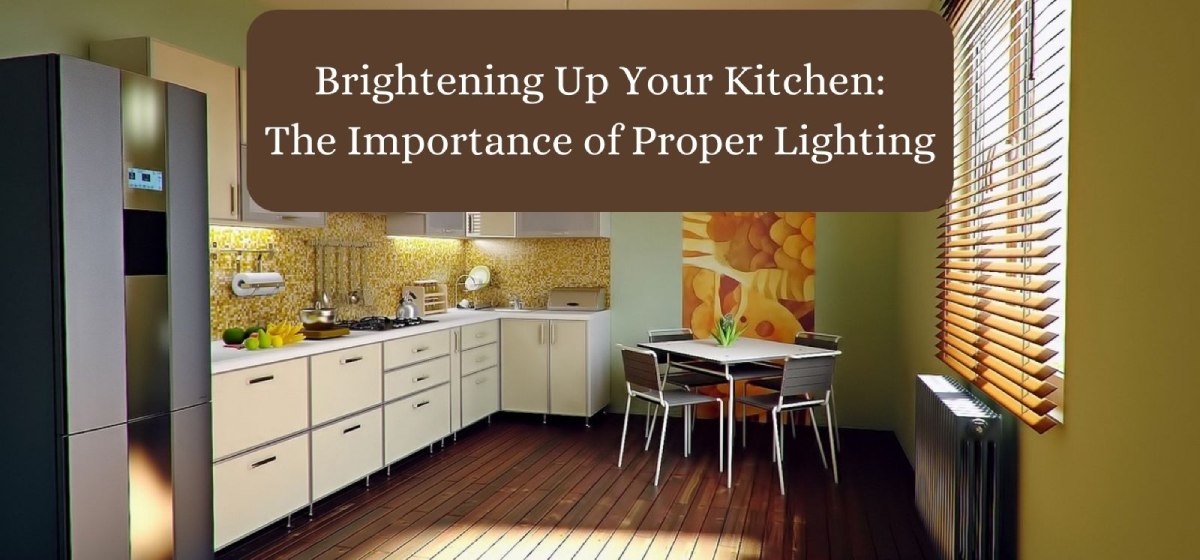

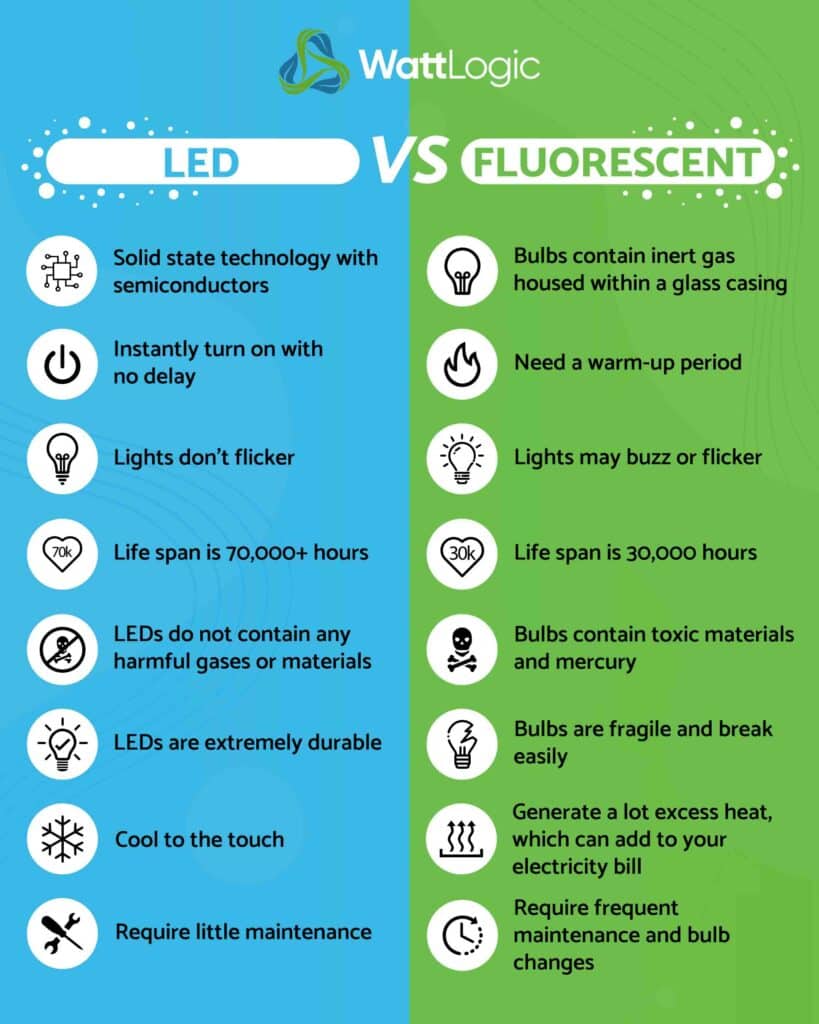
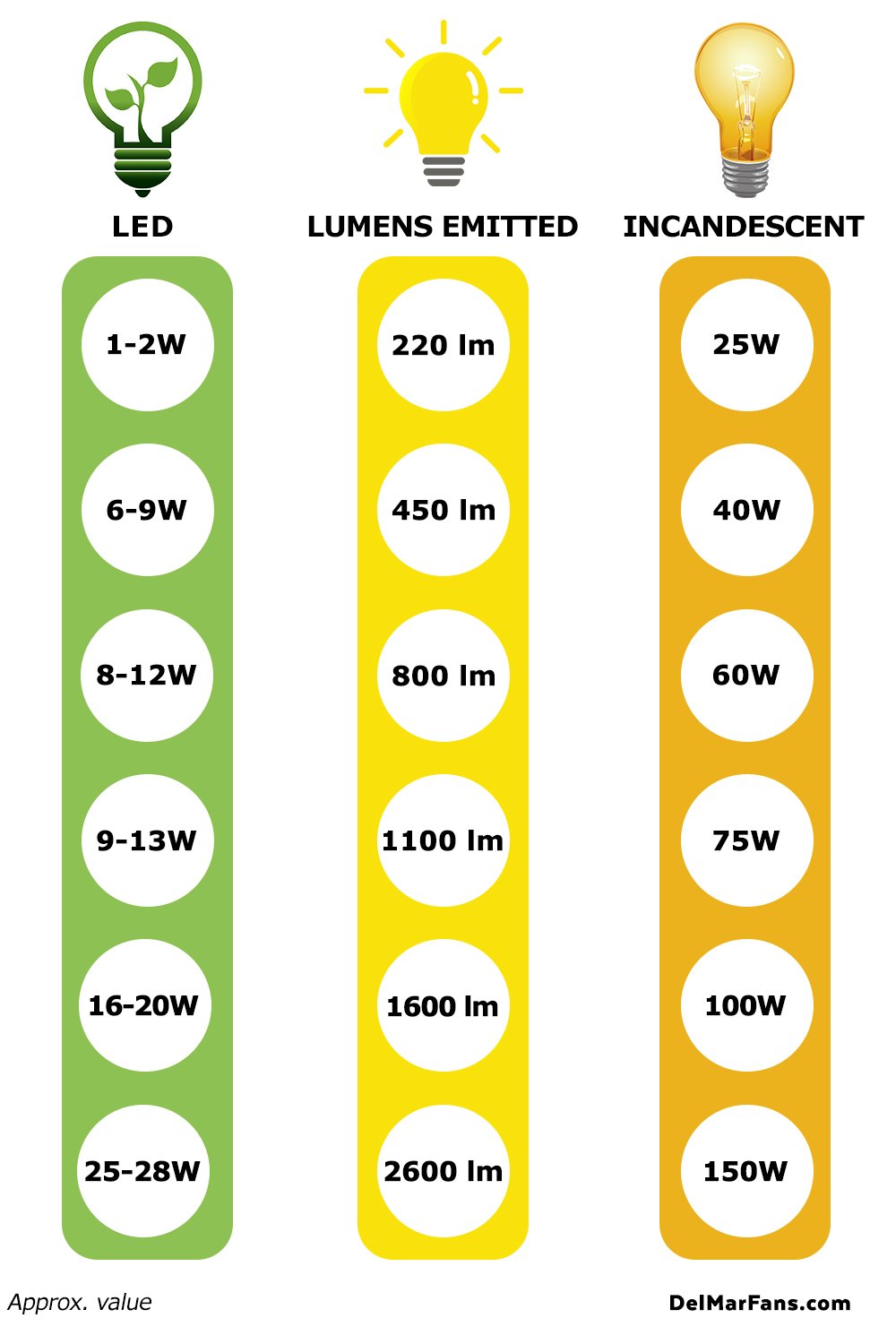

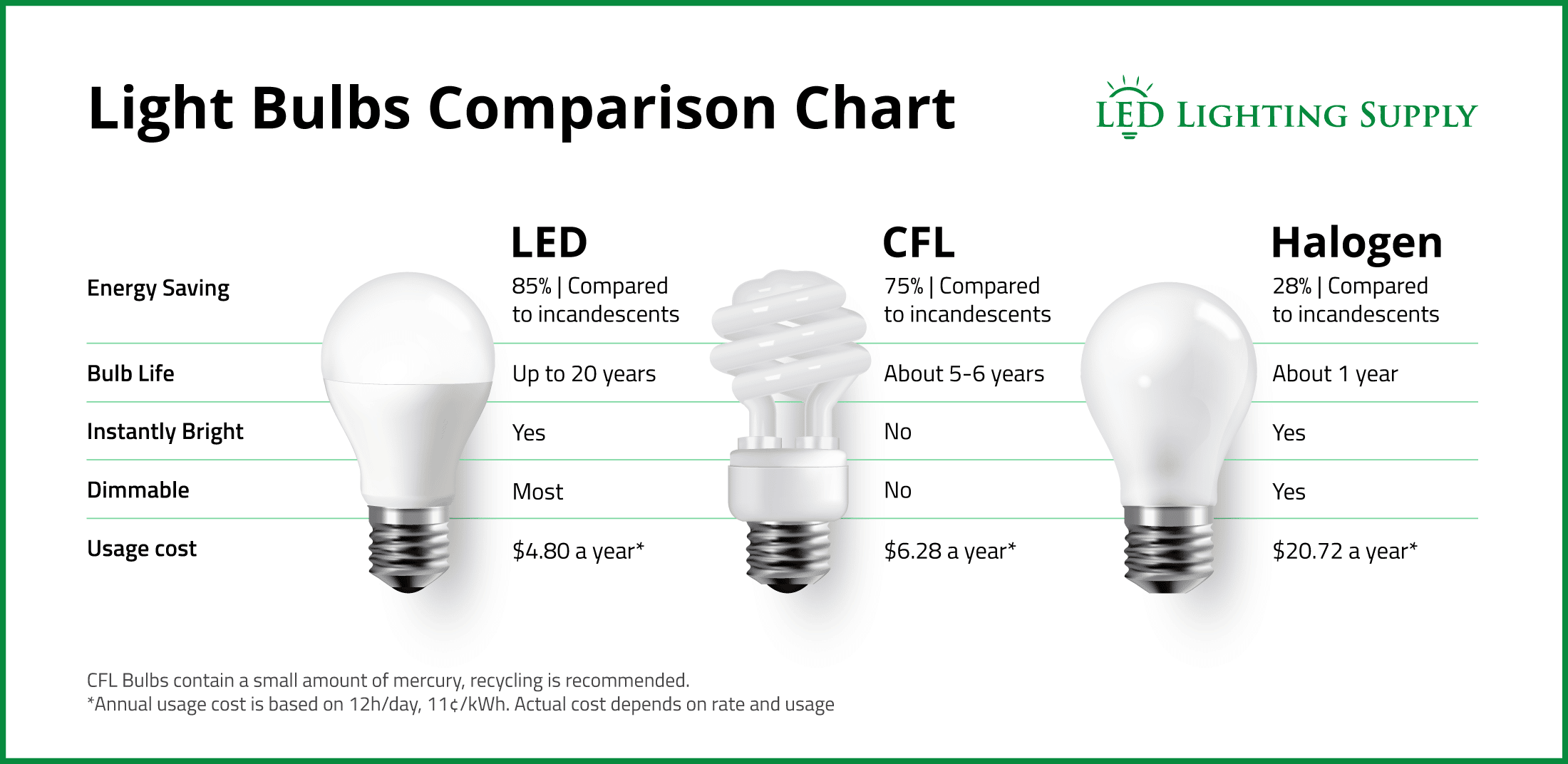


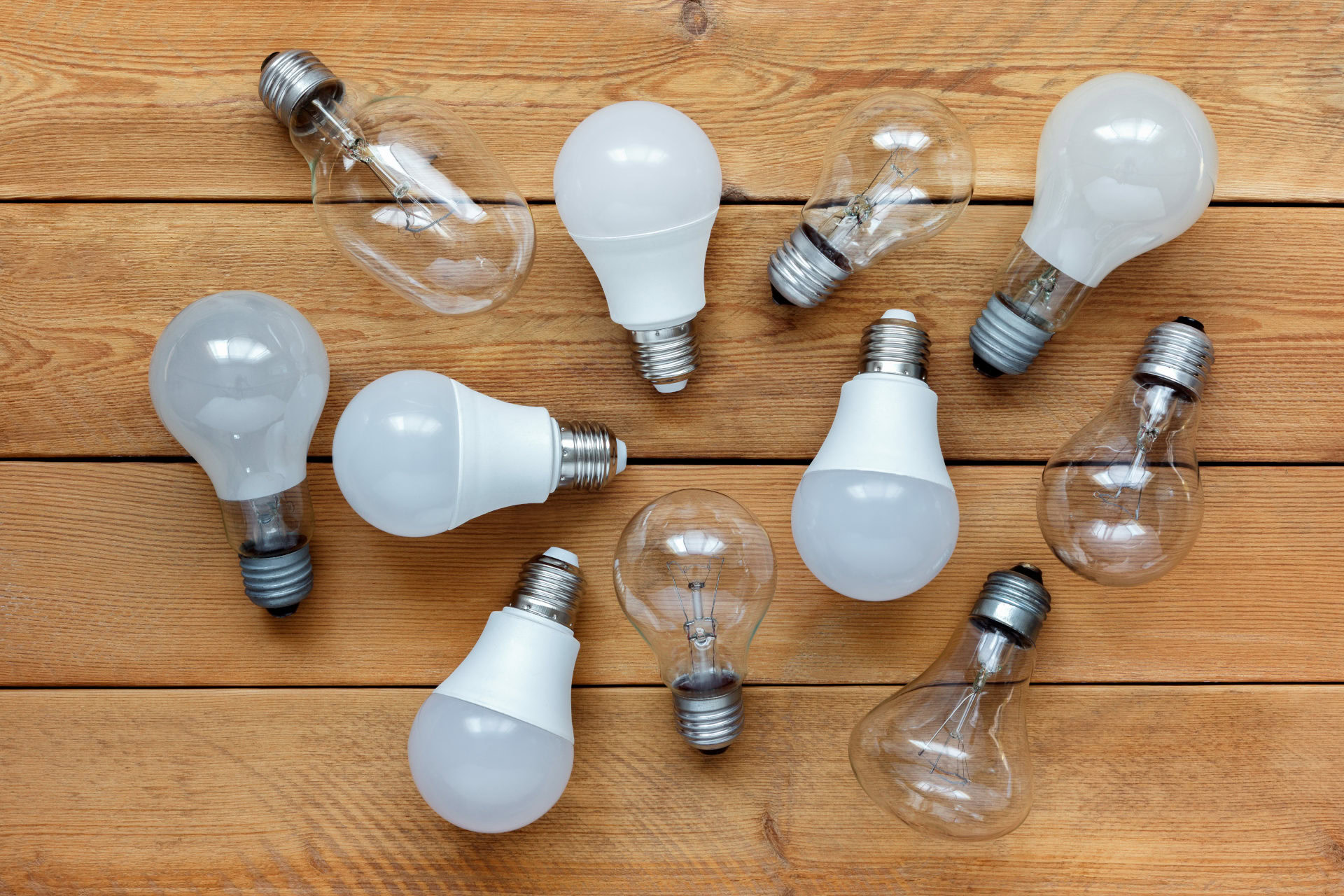

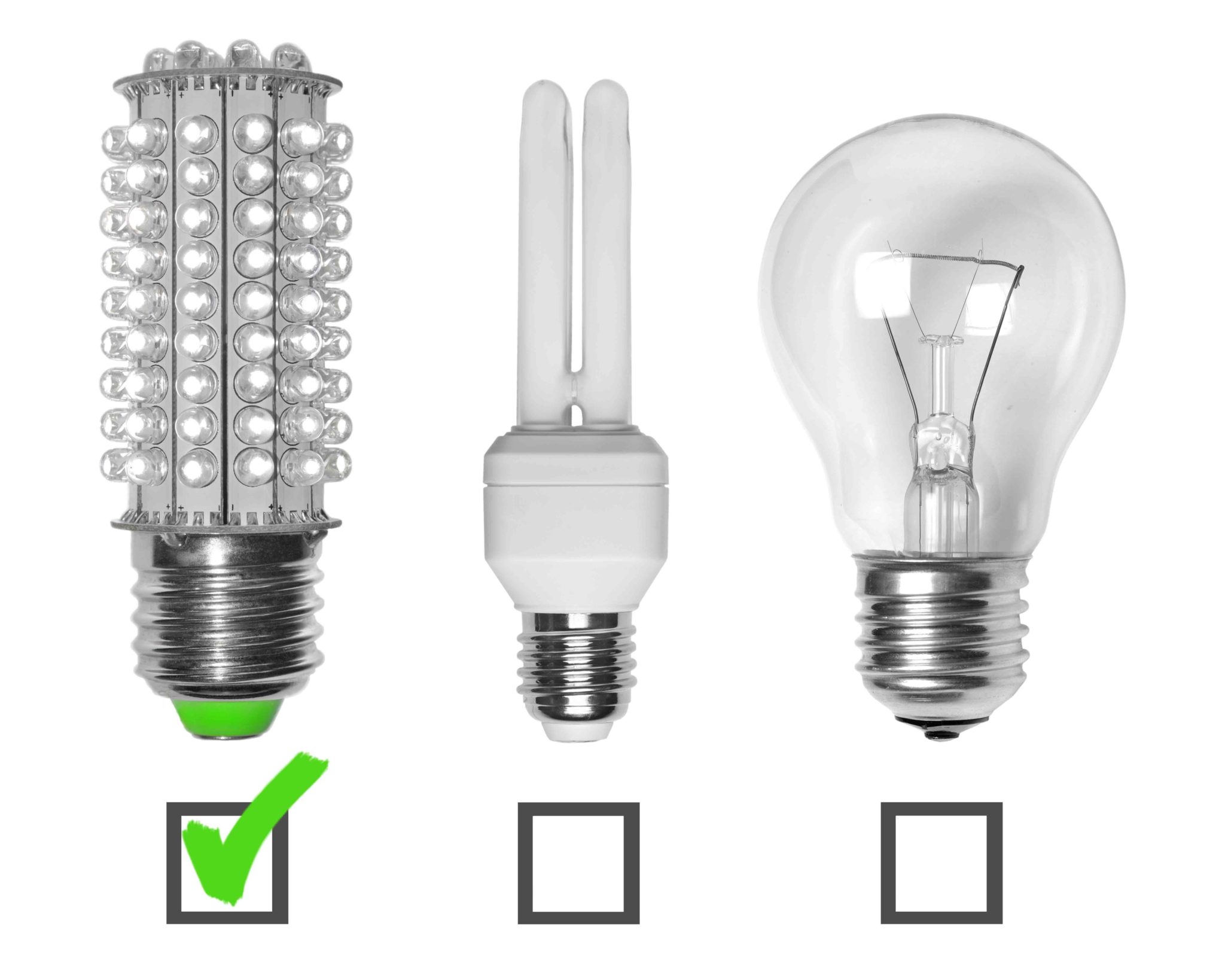

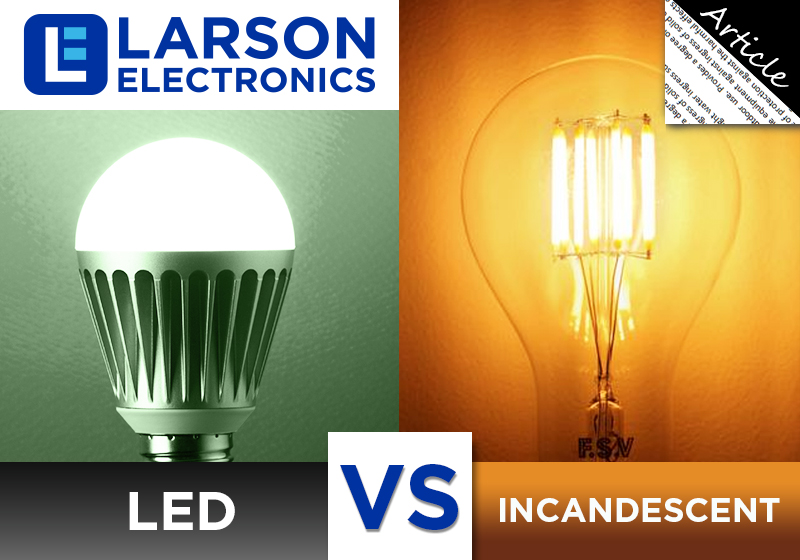





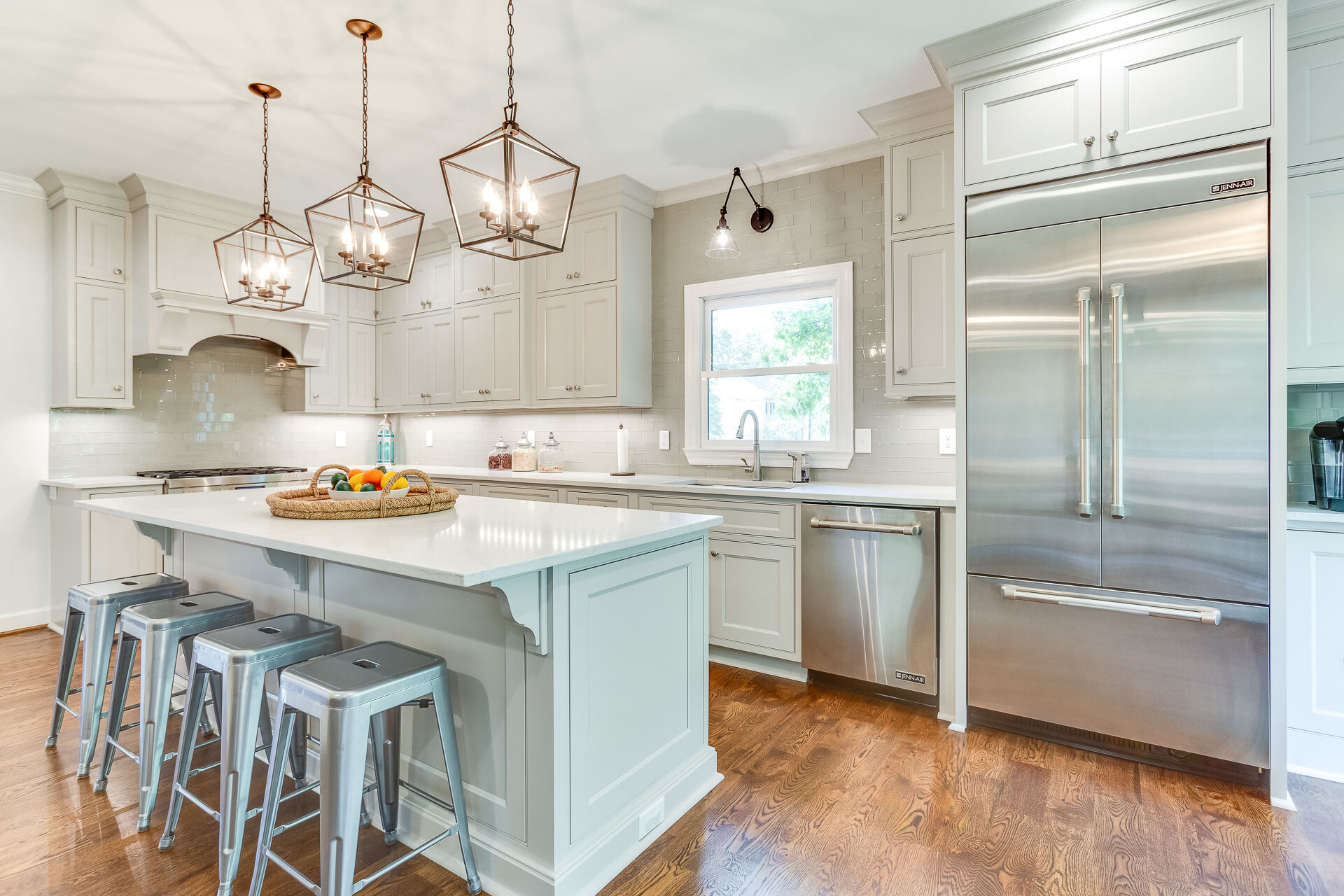
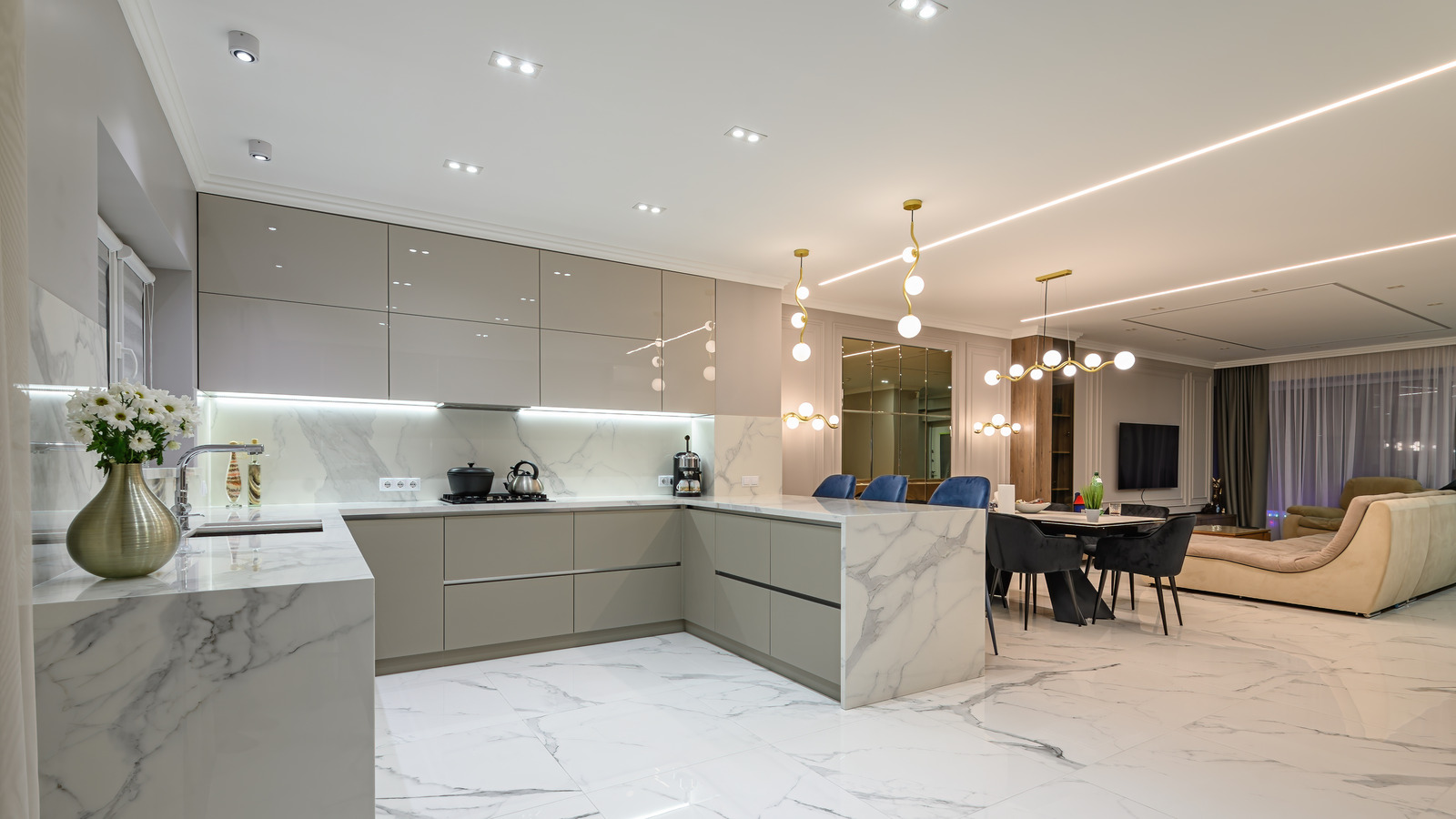

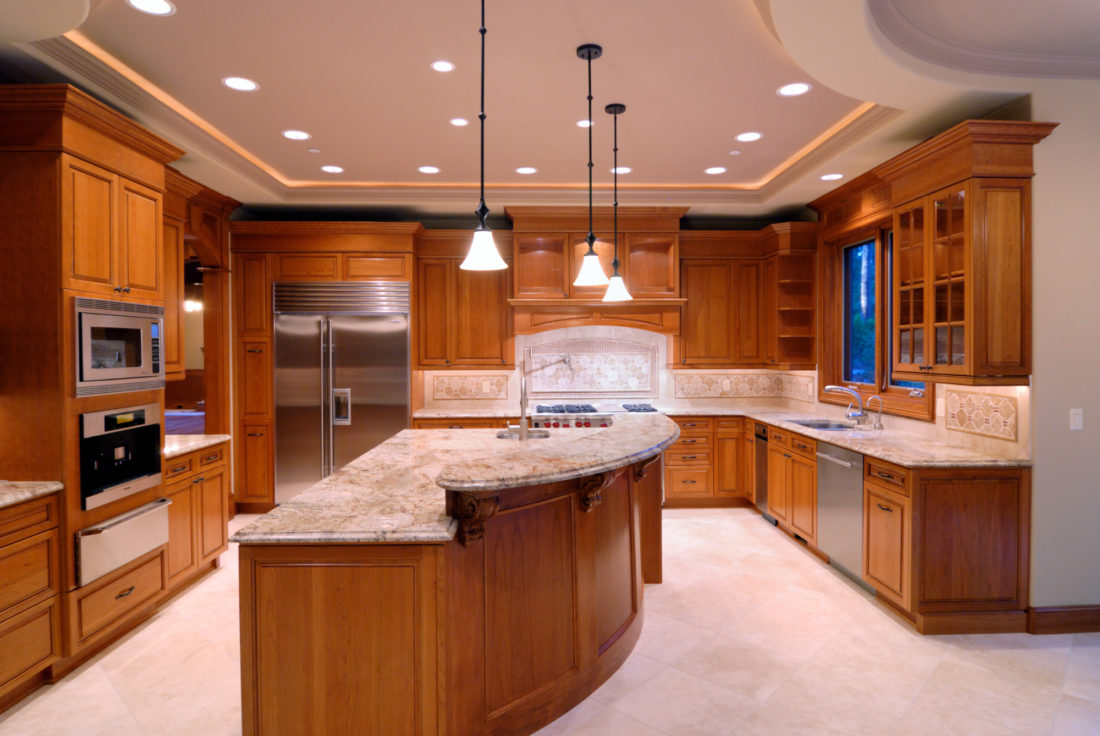



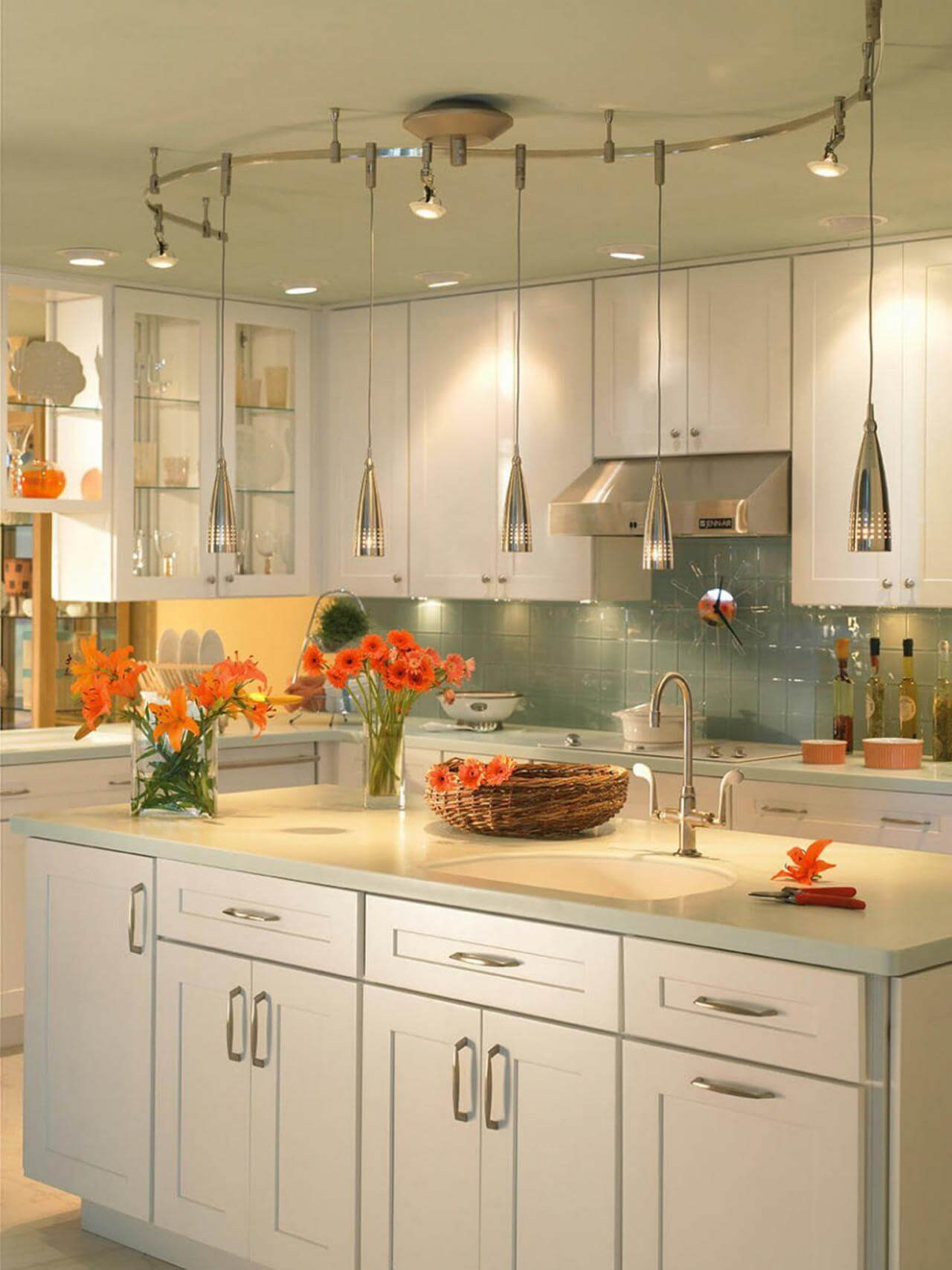
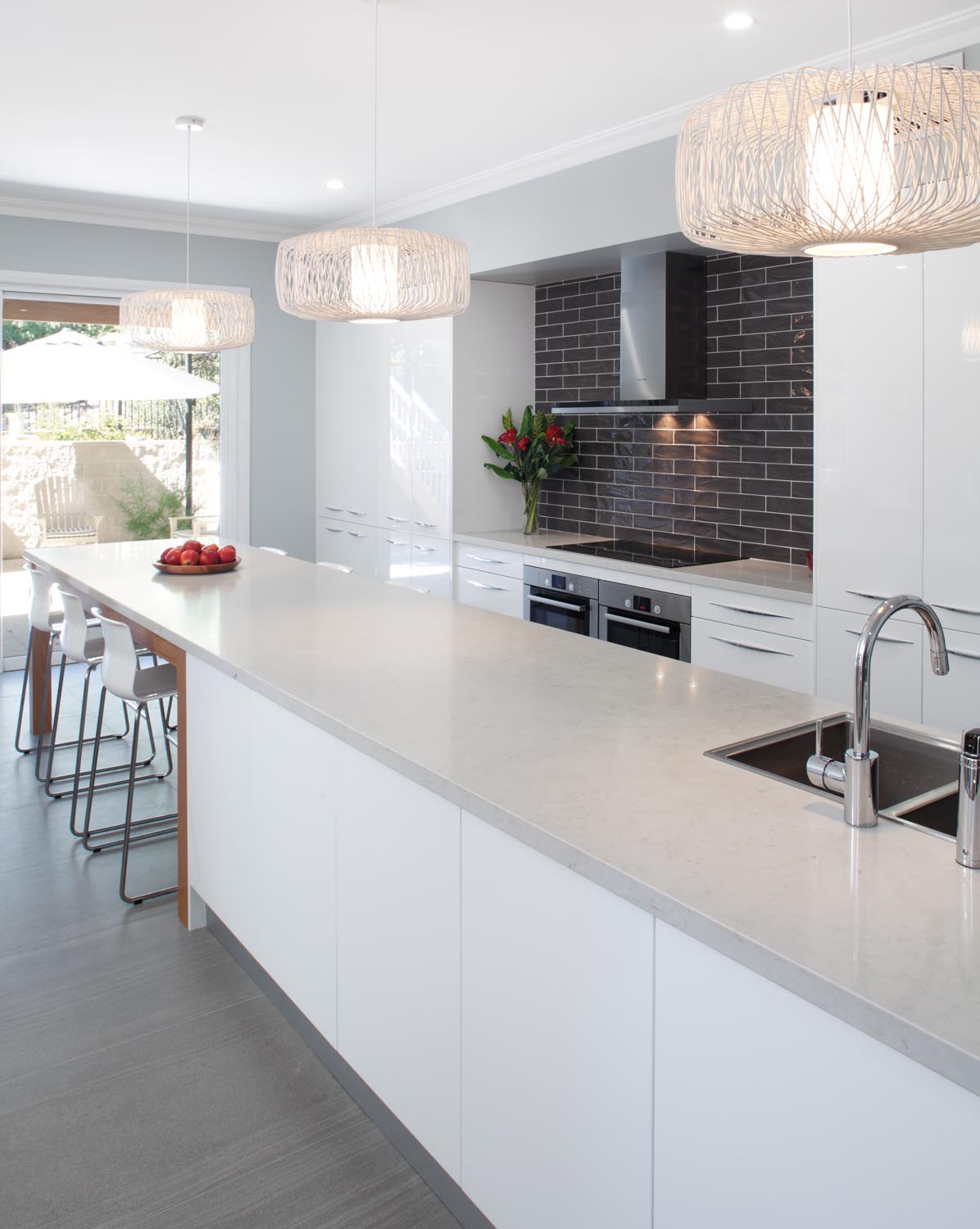
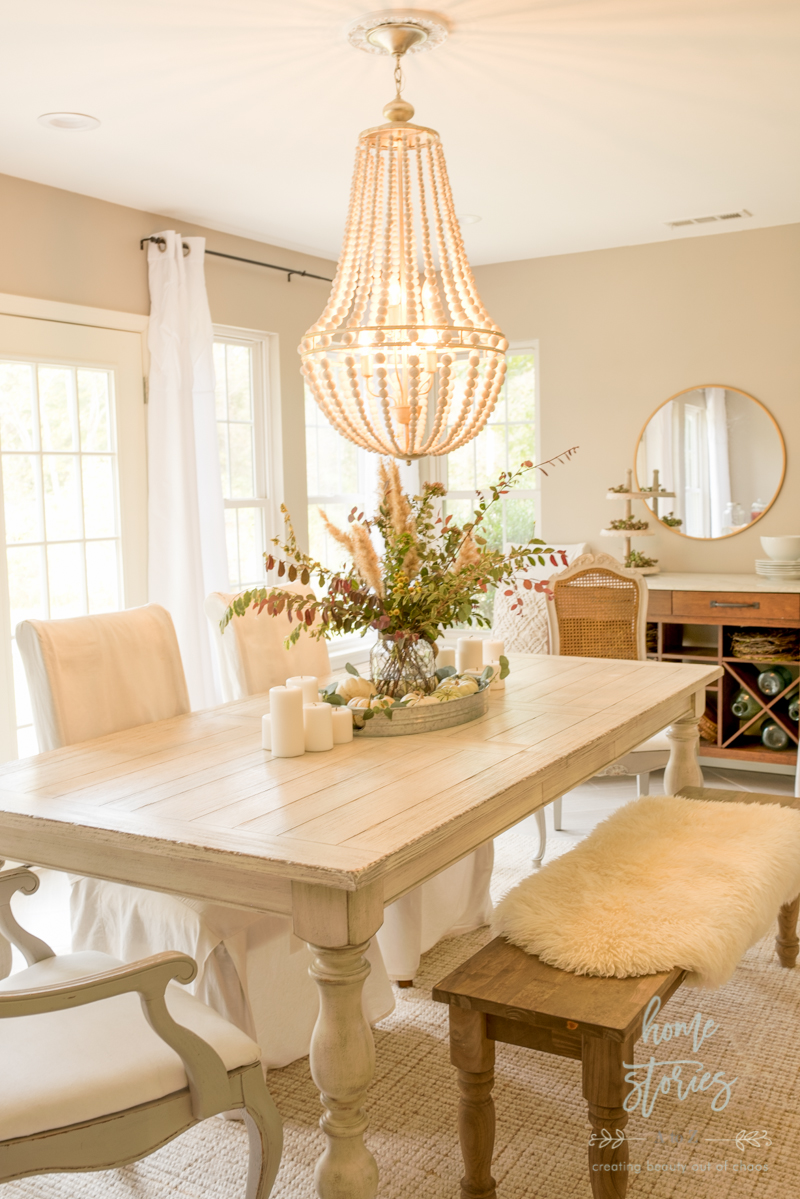
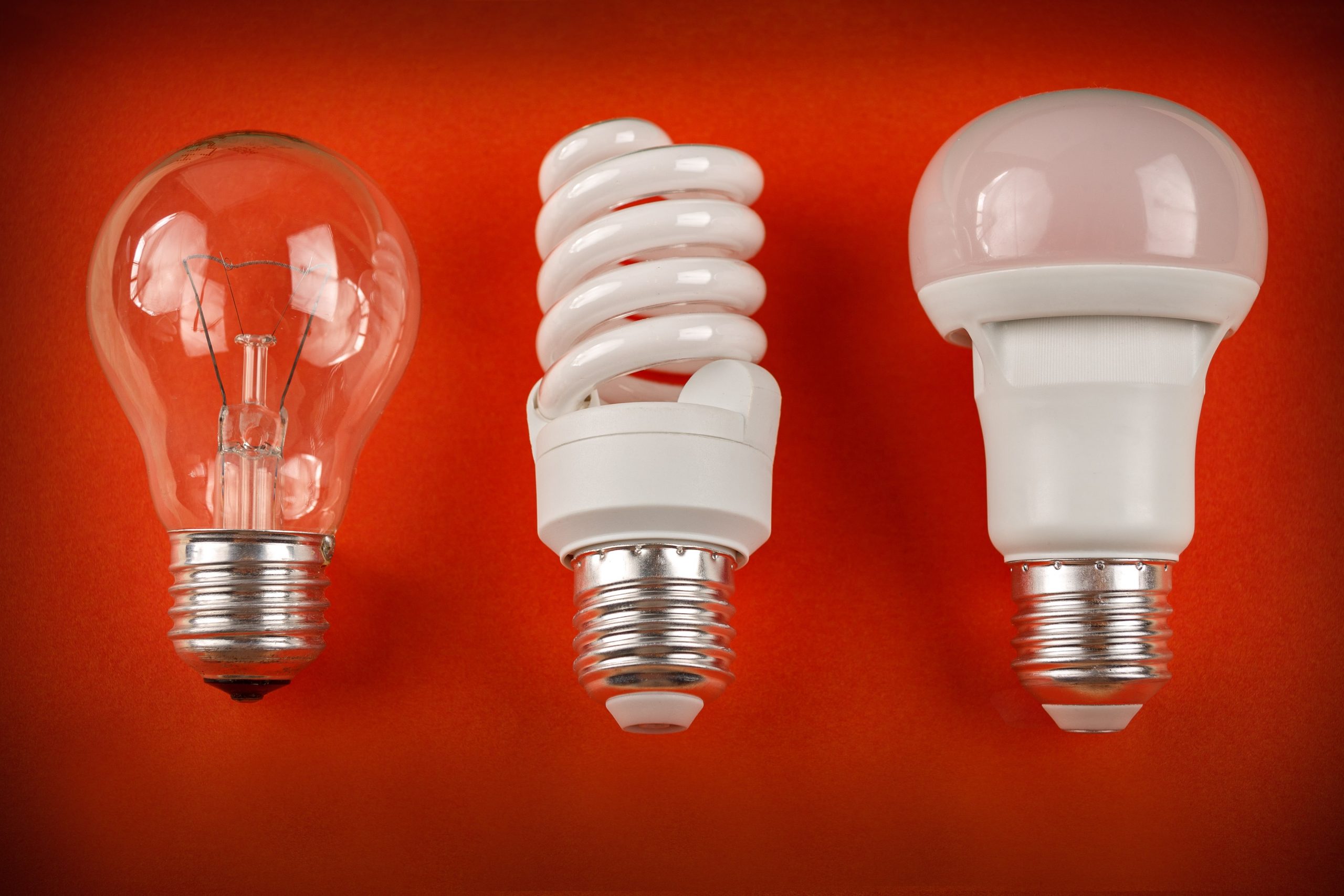

:max_bytes(150000):strip_icc()/energetic-smarter-lighting-br30-indoor-recessed-light-bulb-pack-of-6-6543414e1aaa4a9d97819885d658bd53.jpg)







